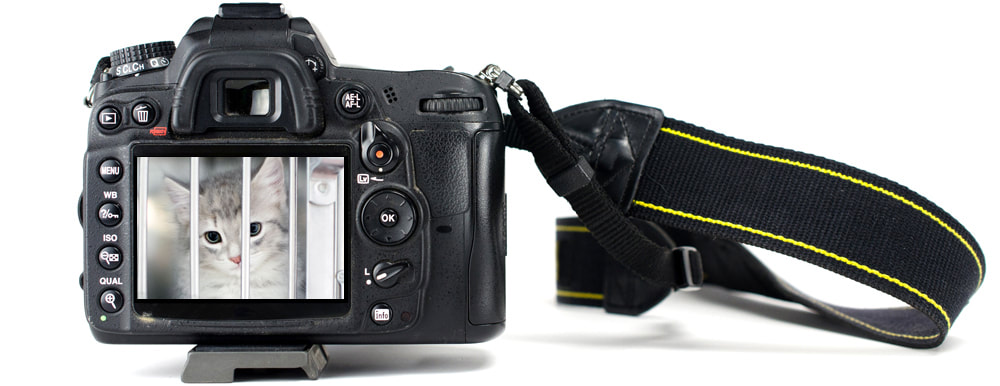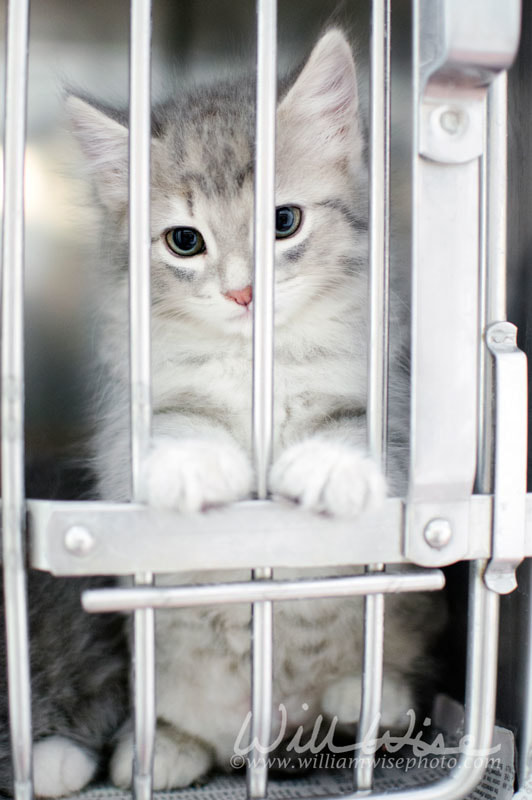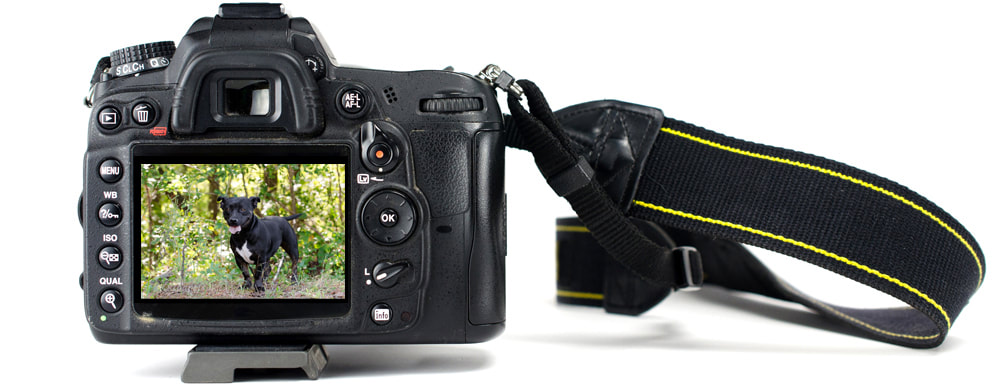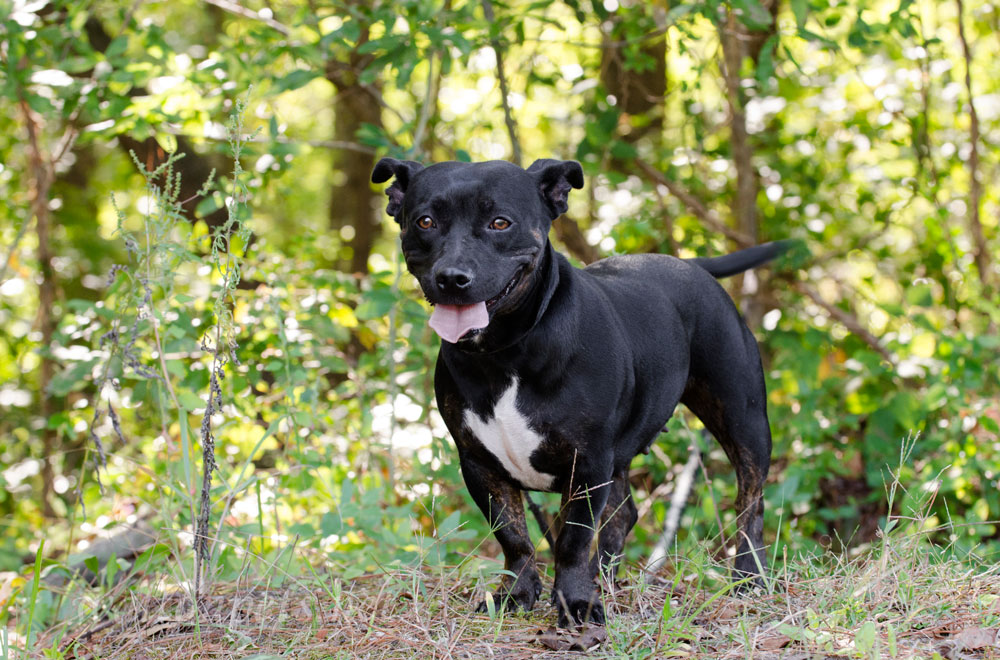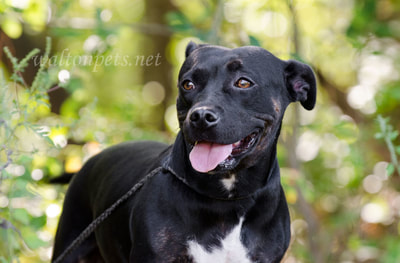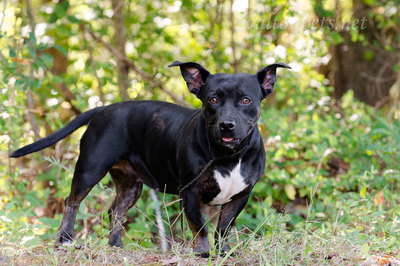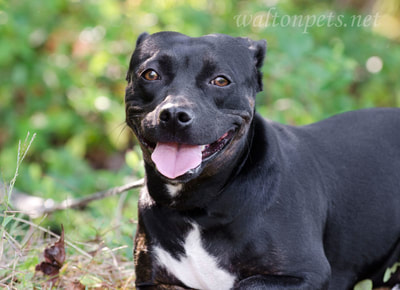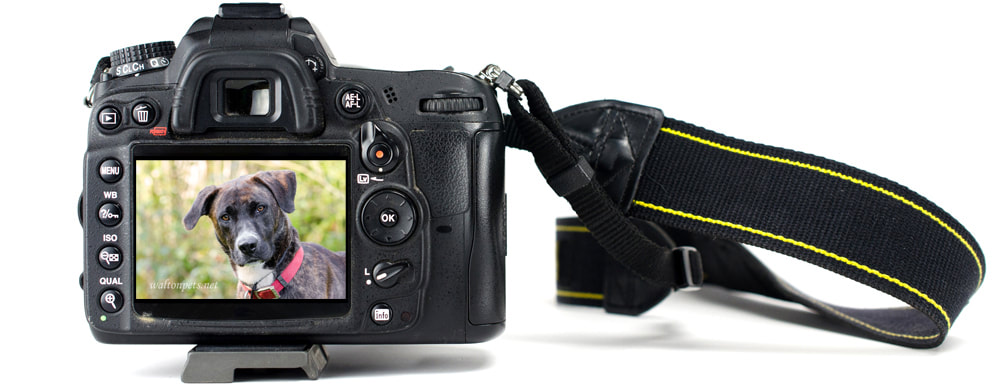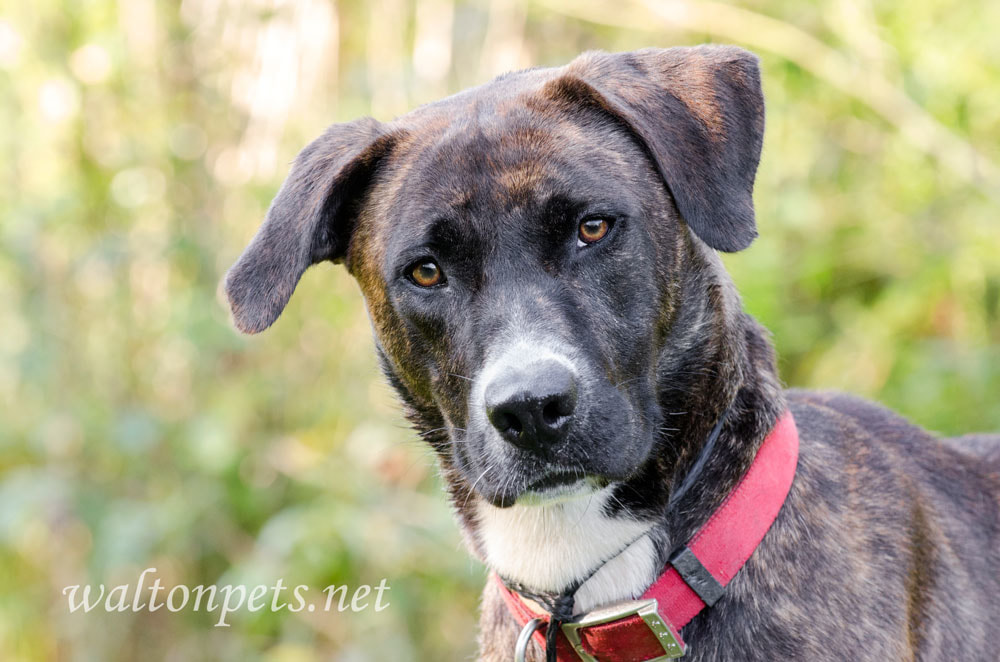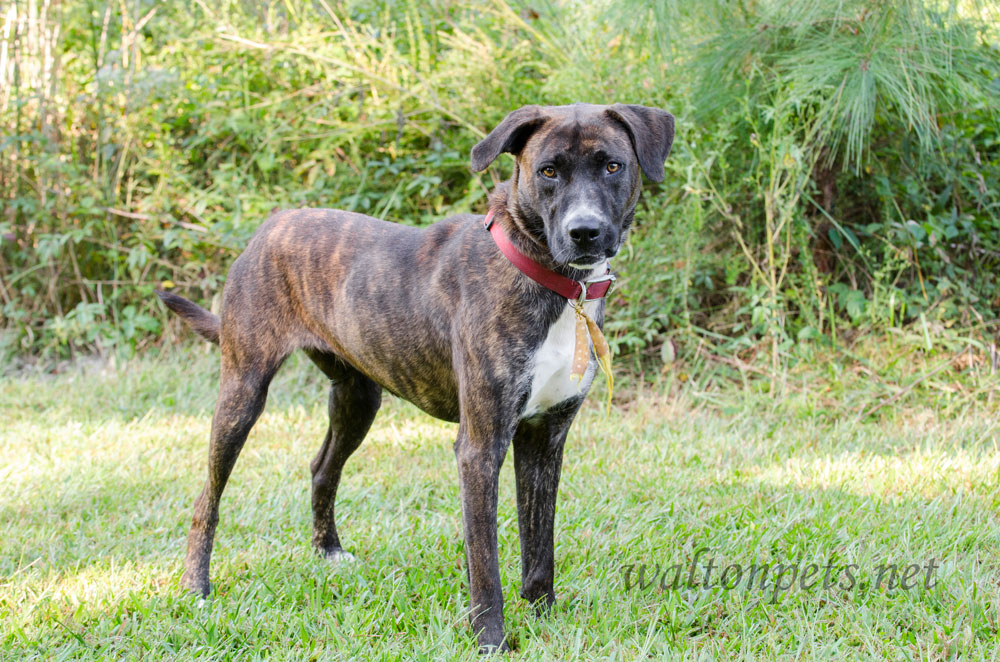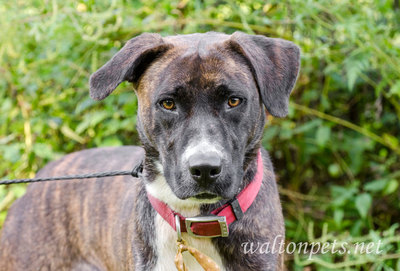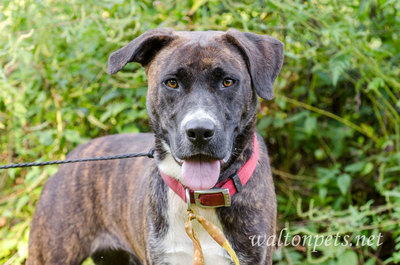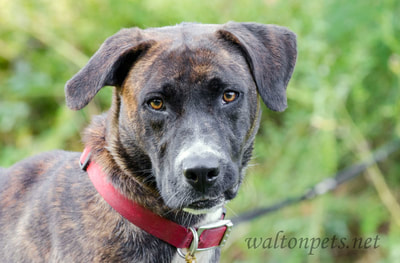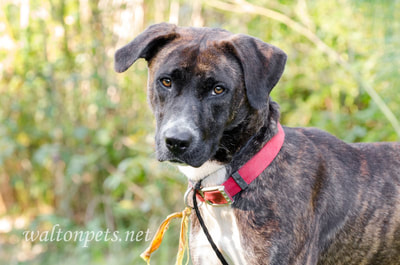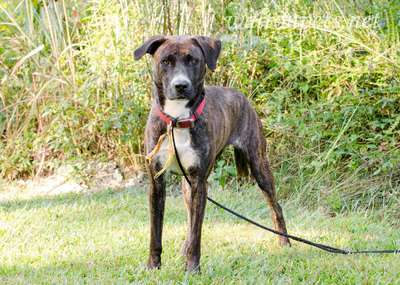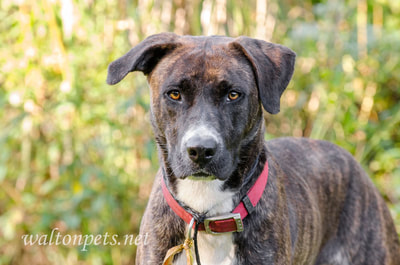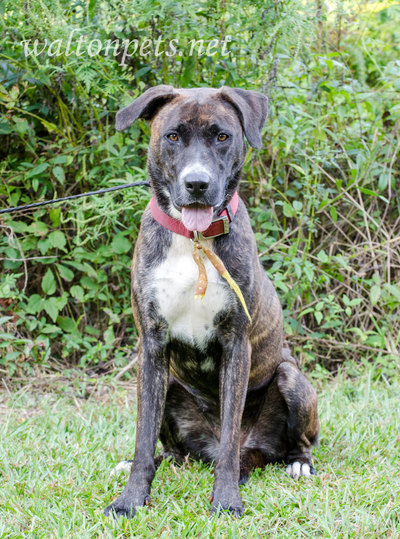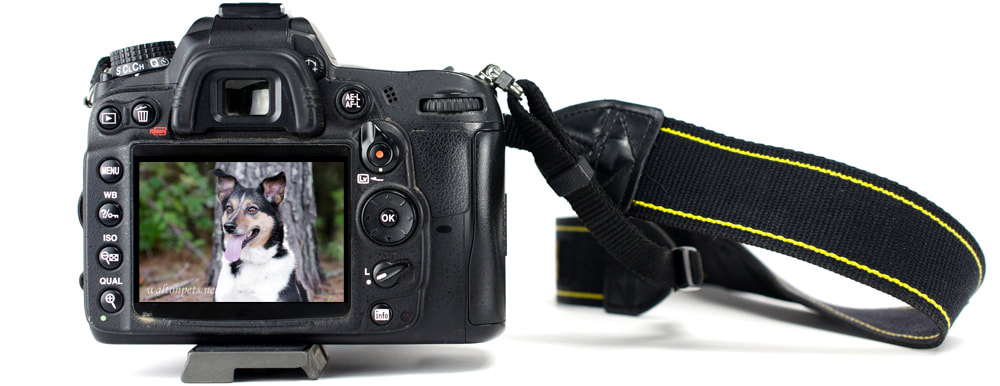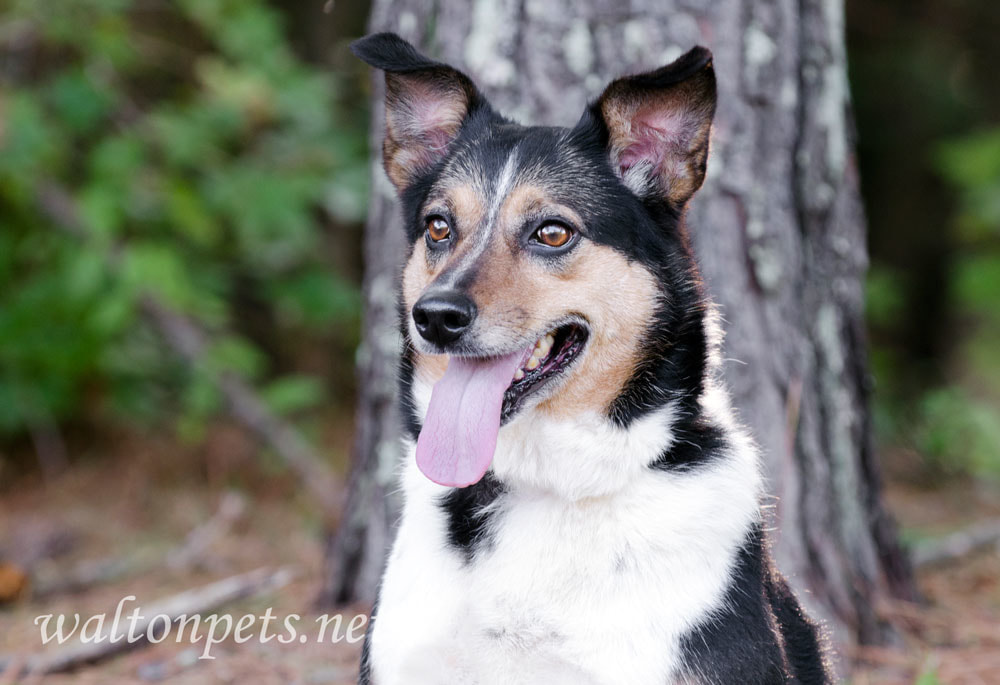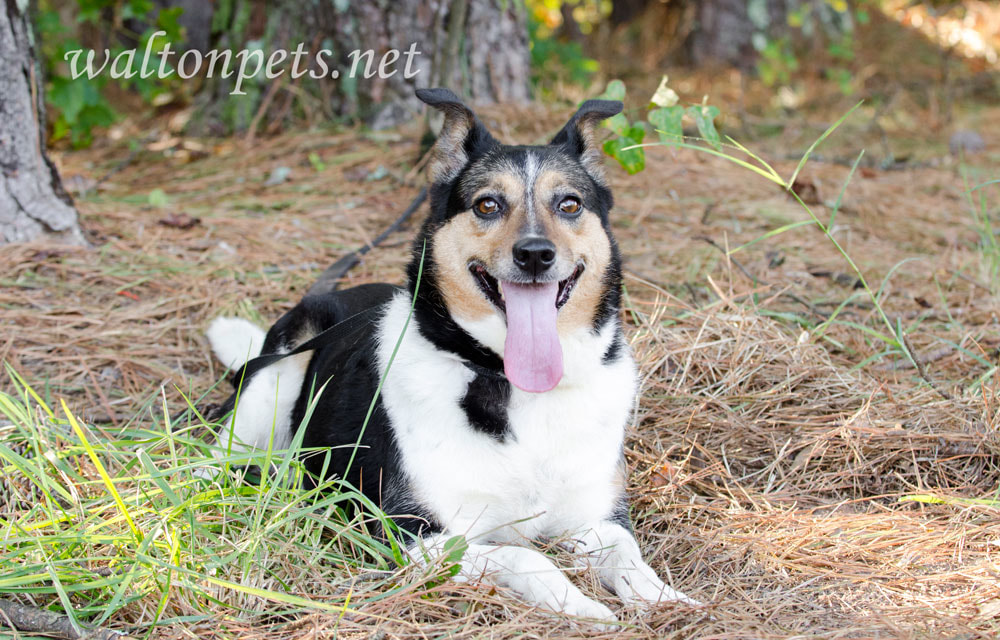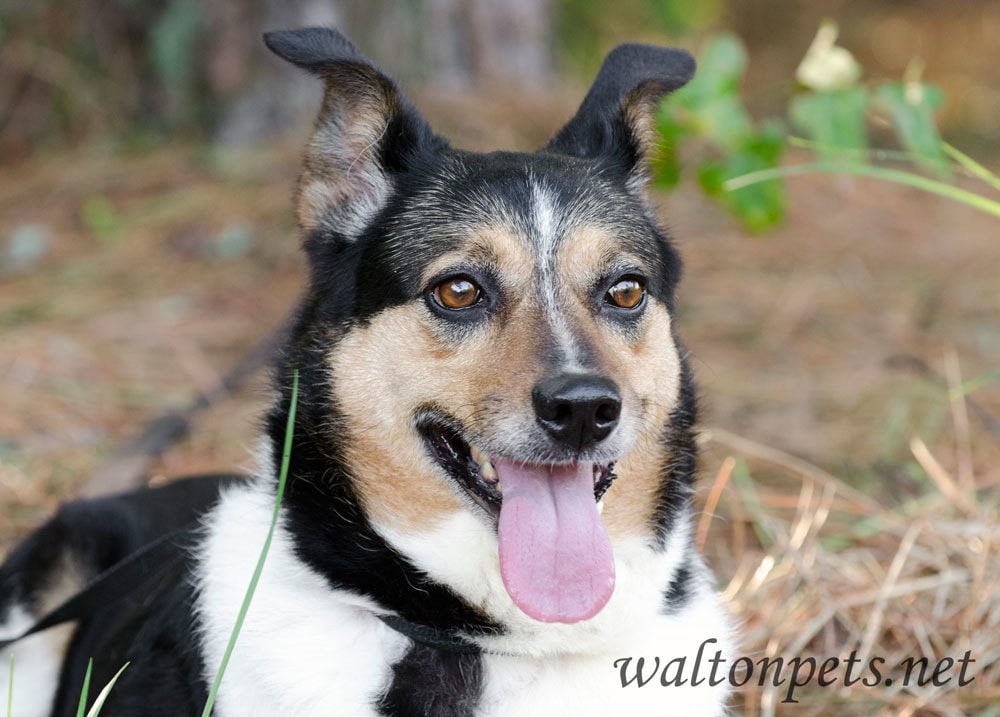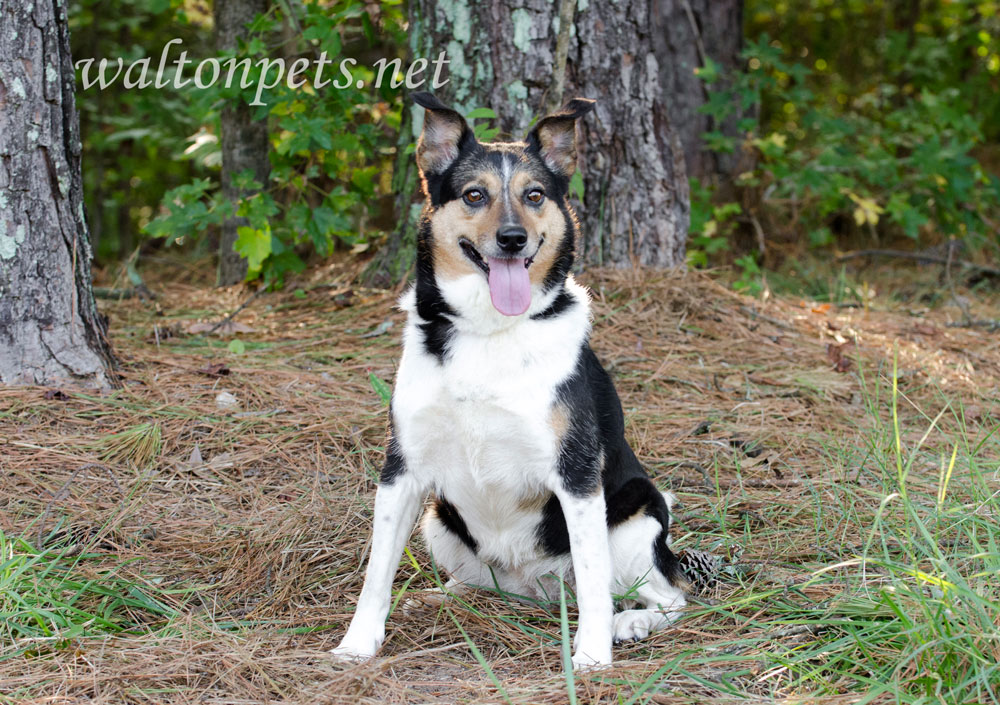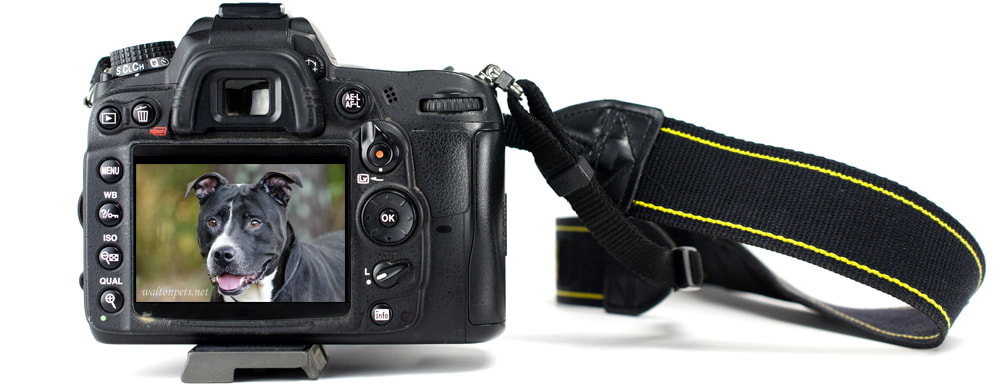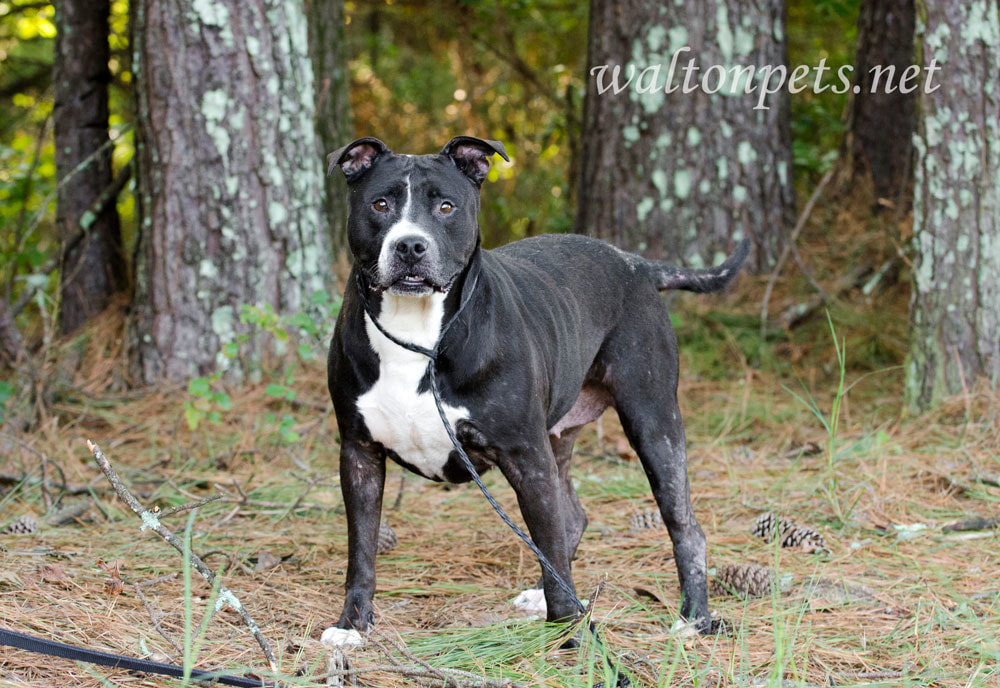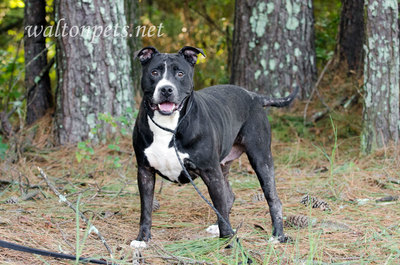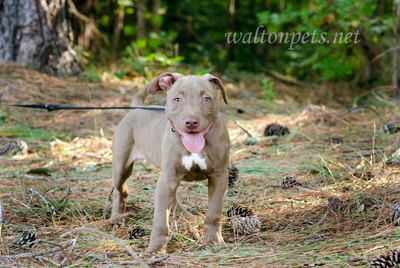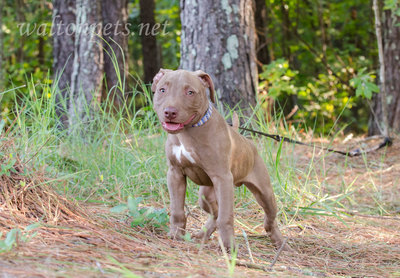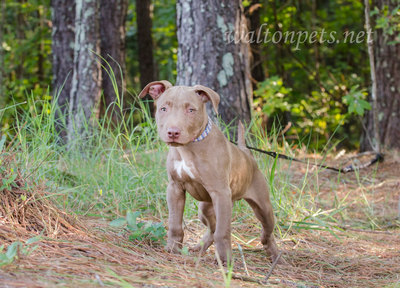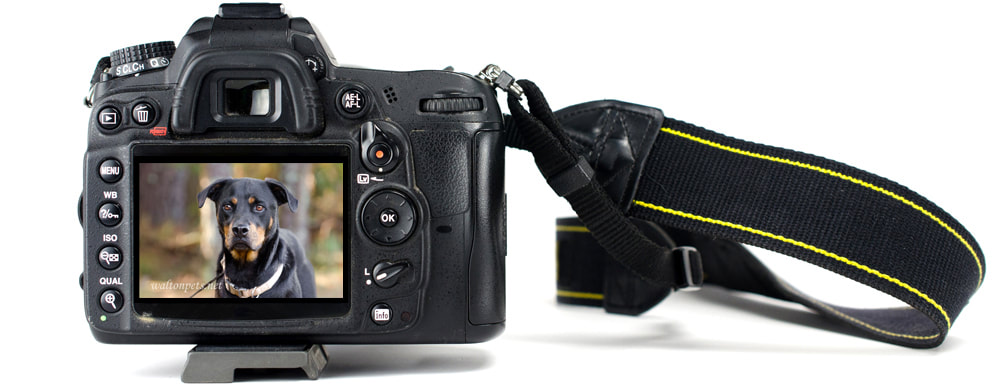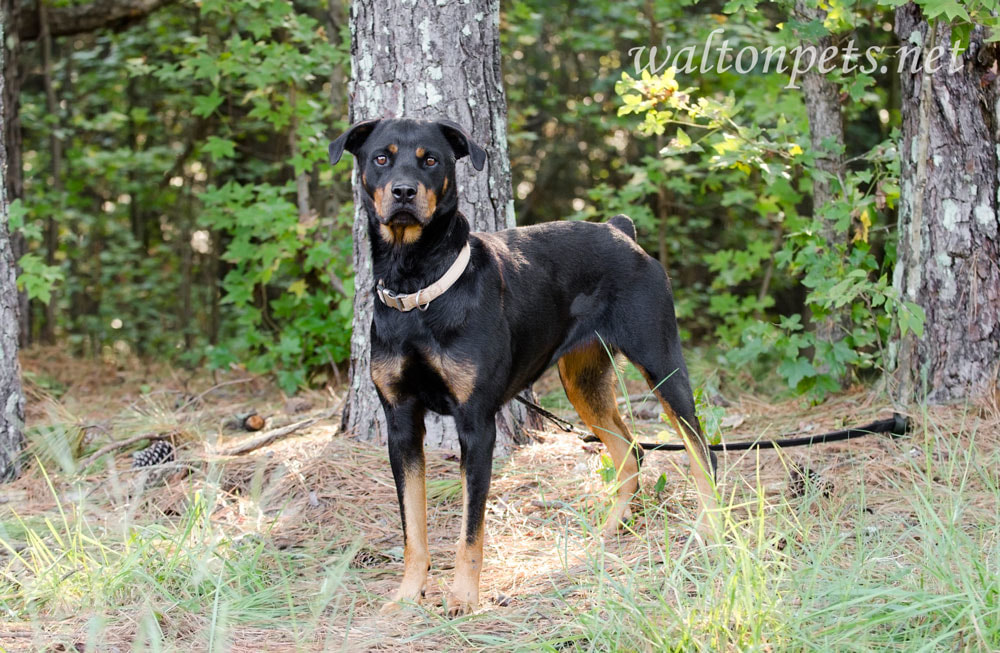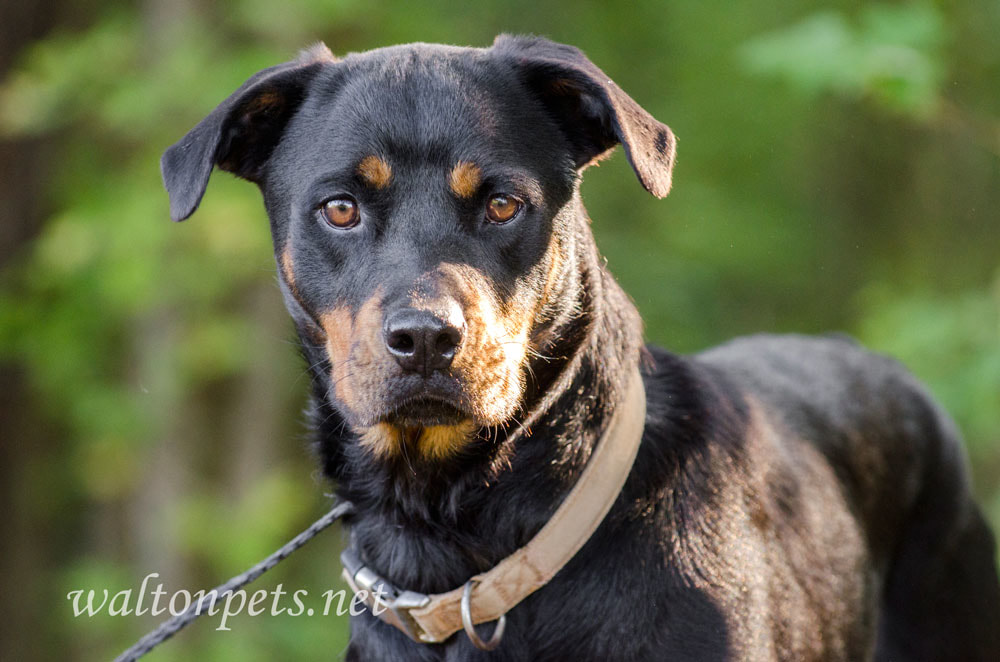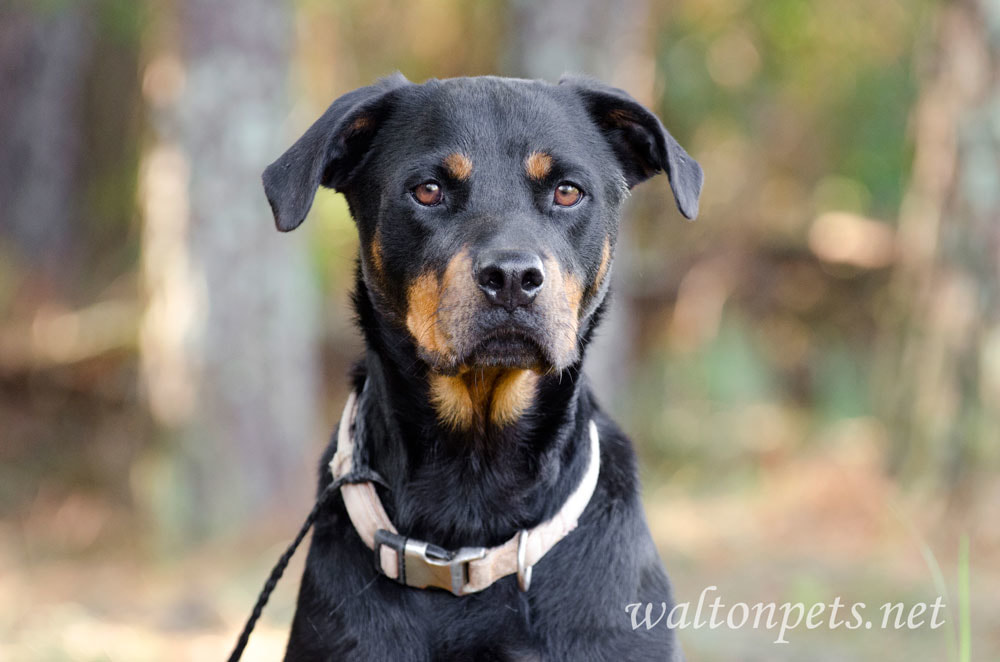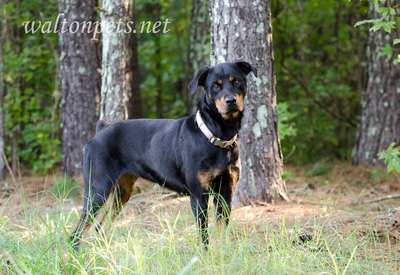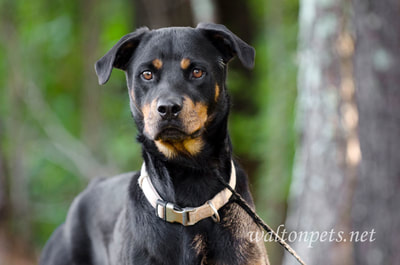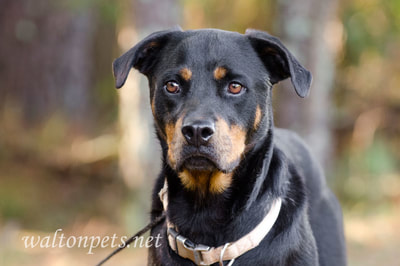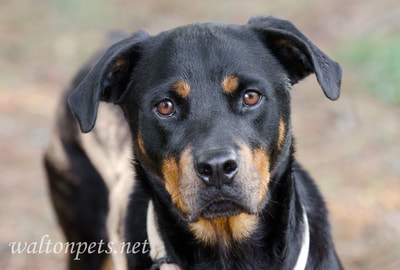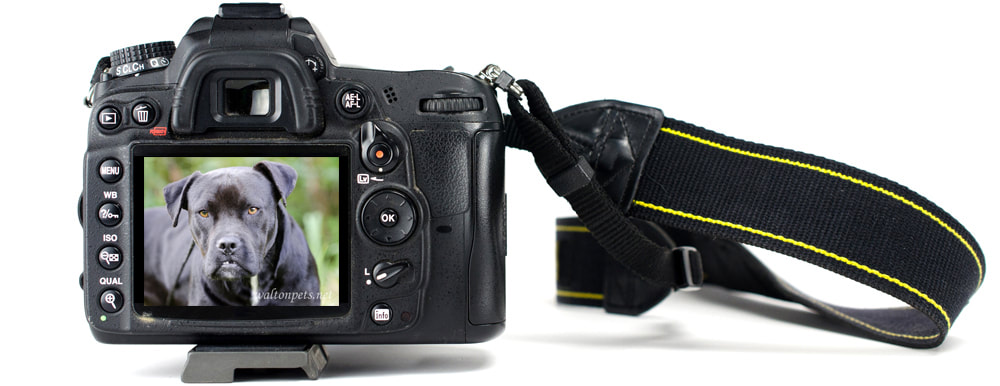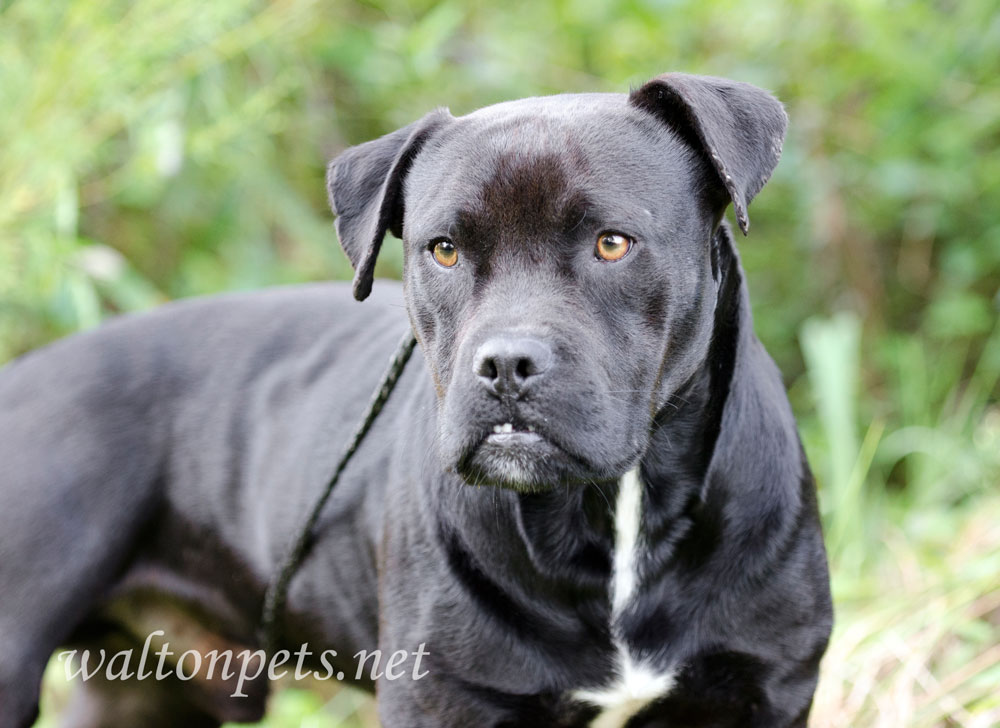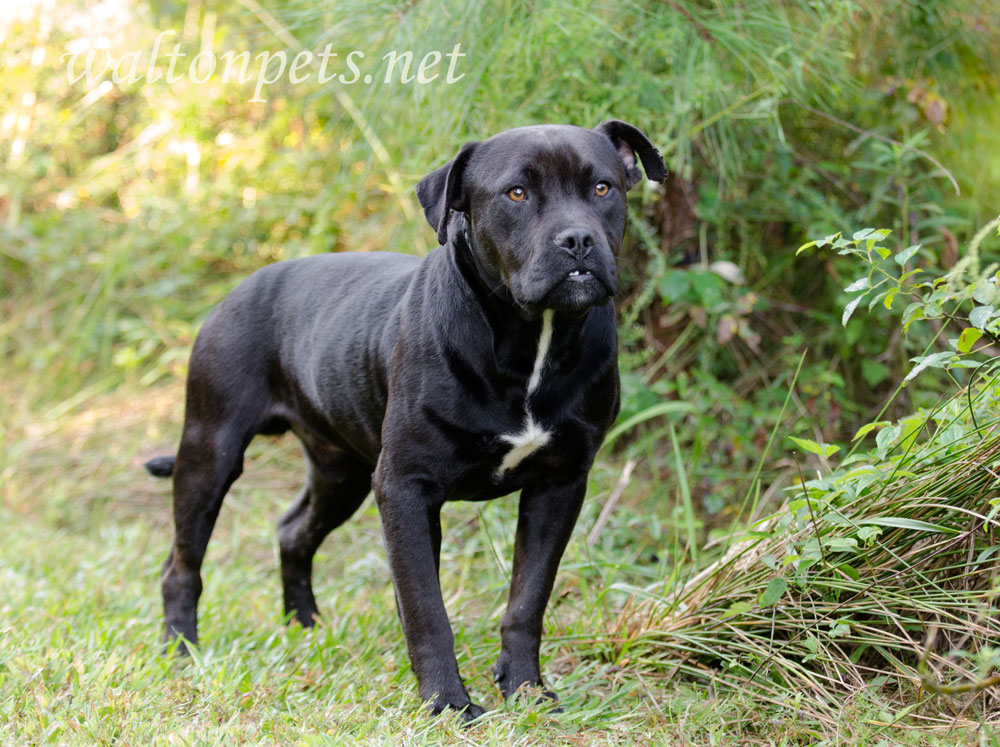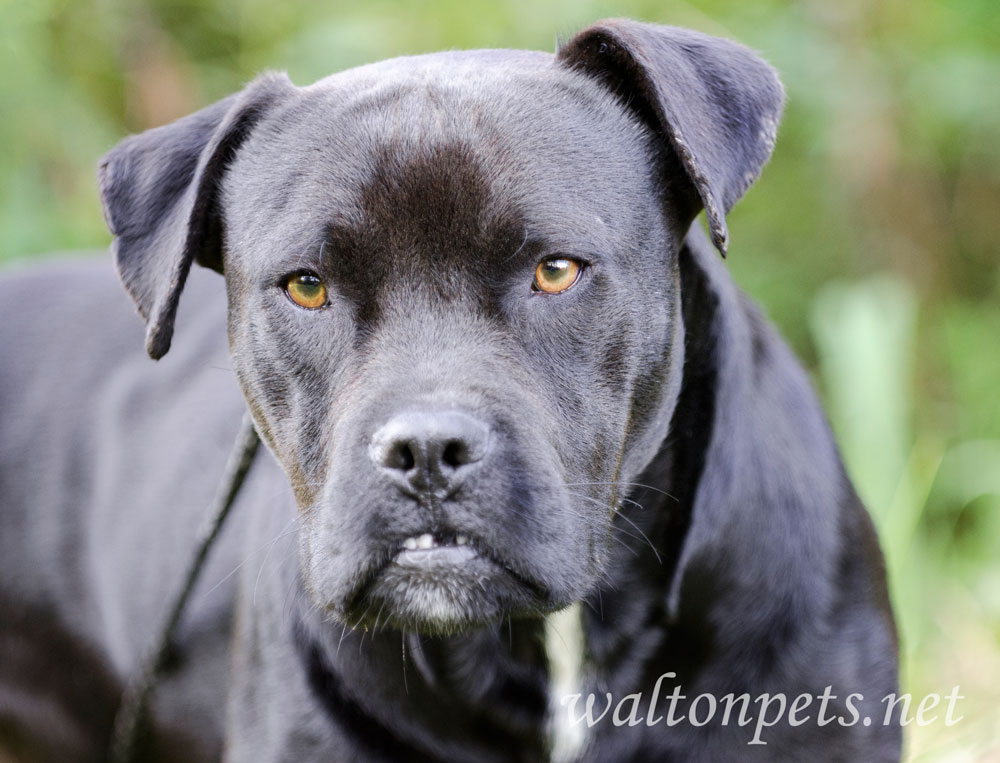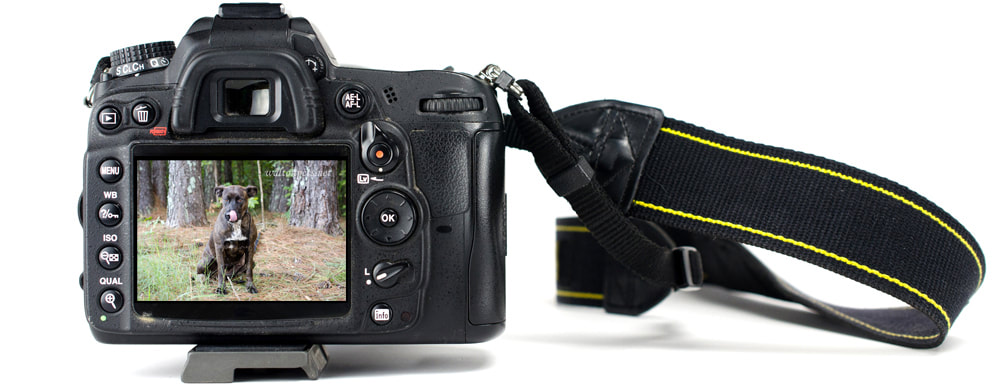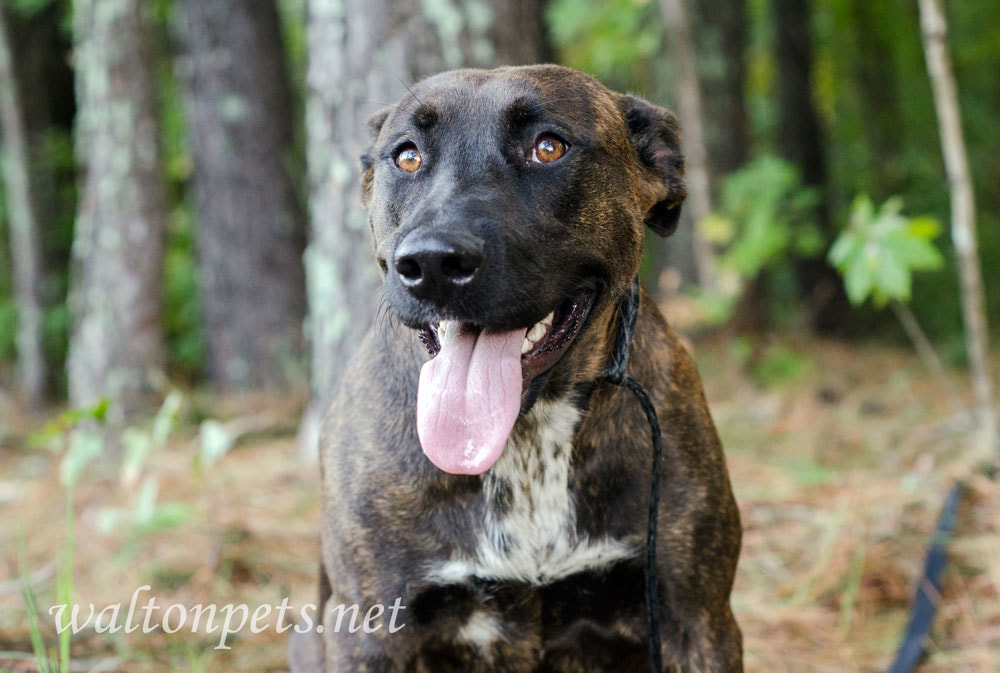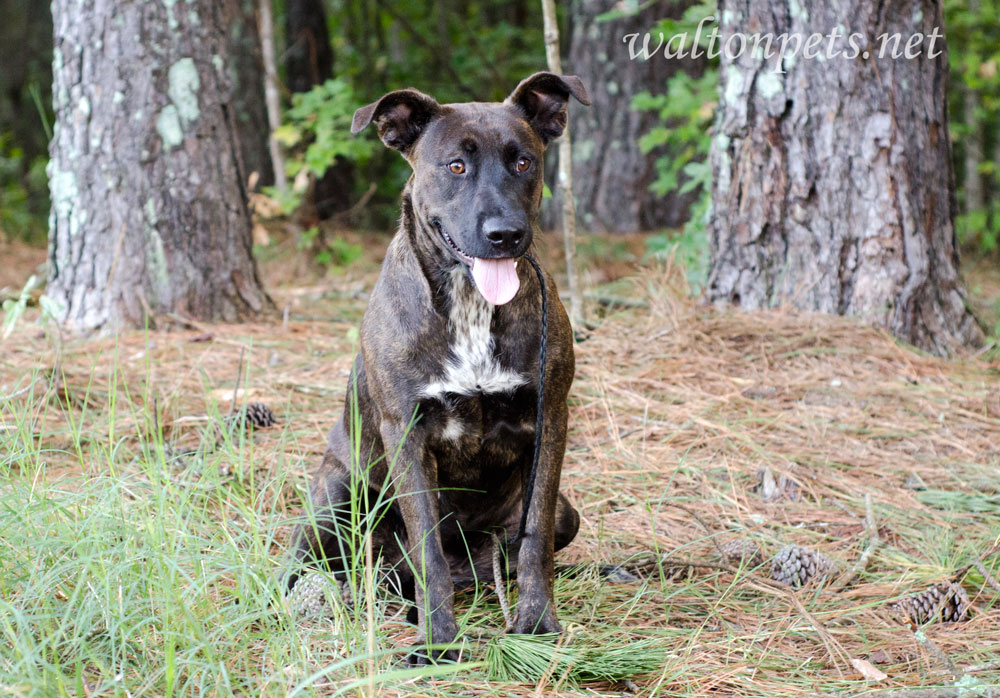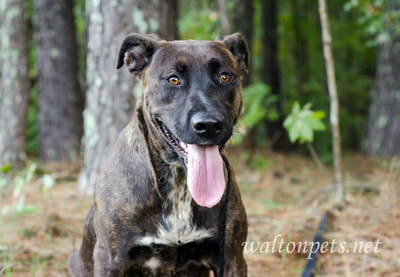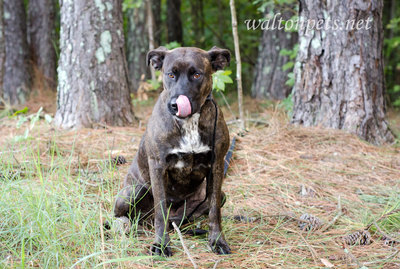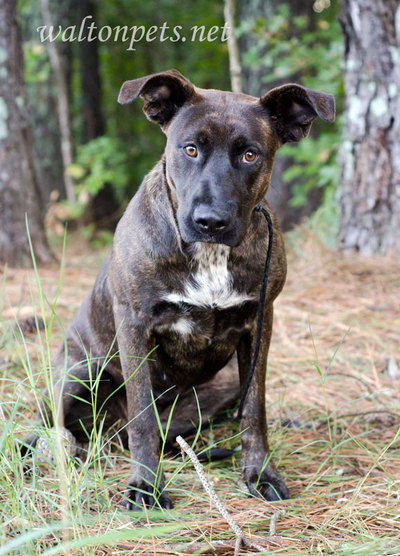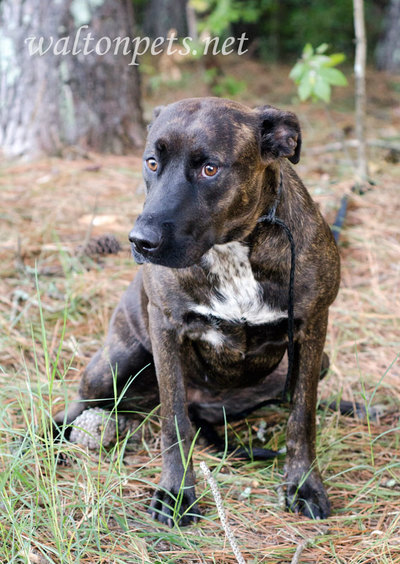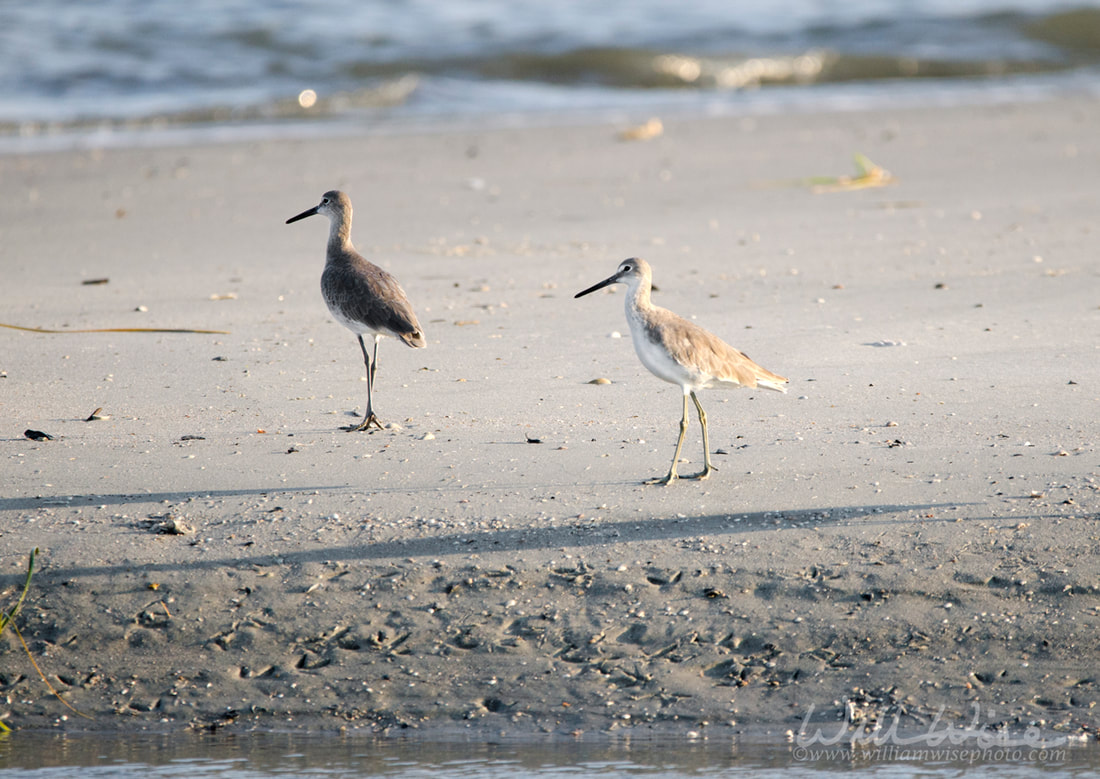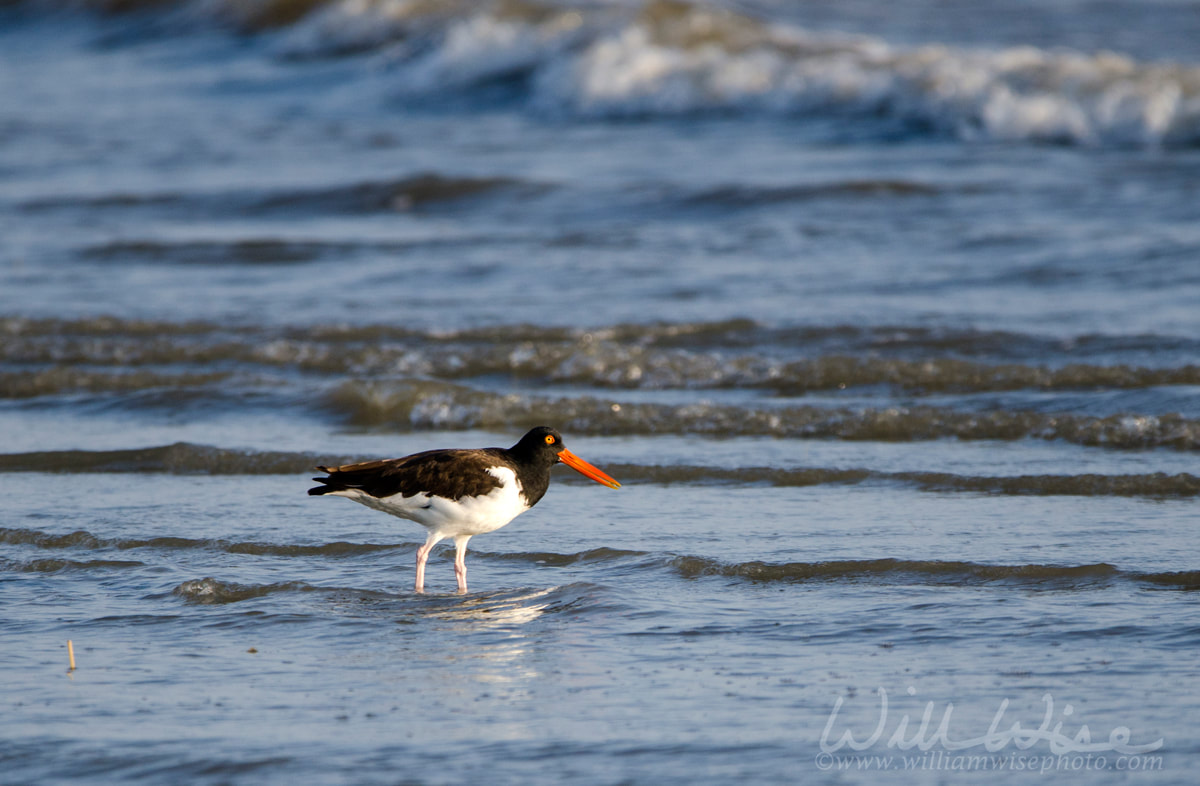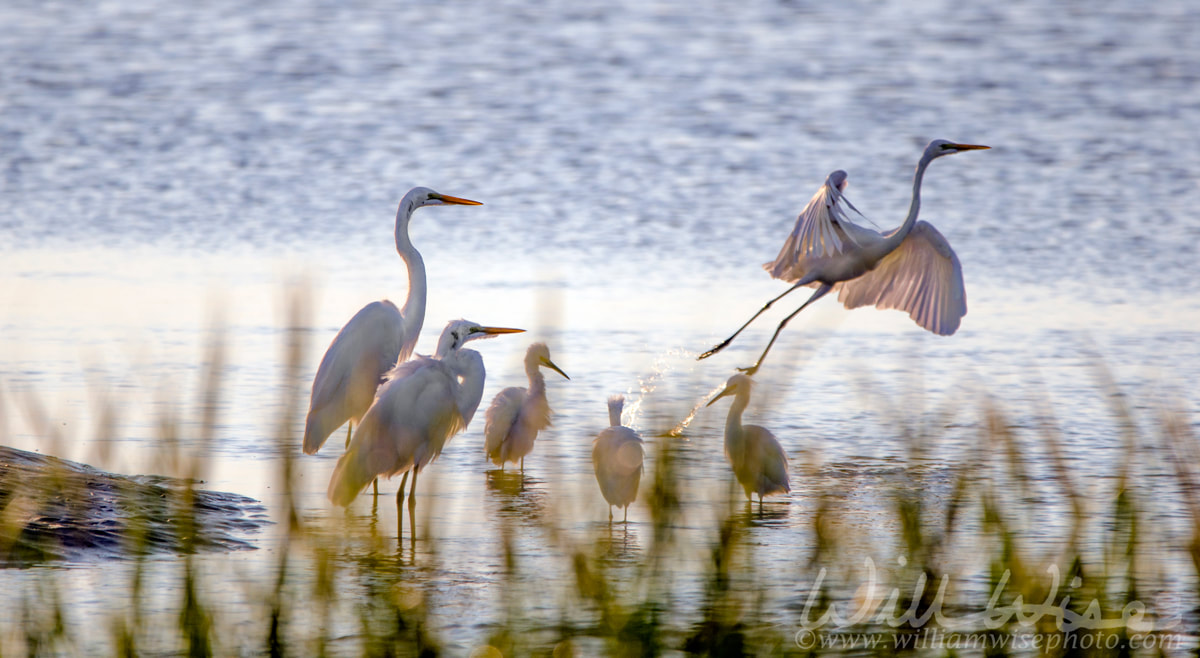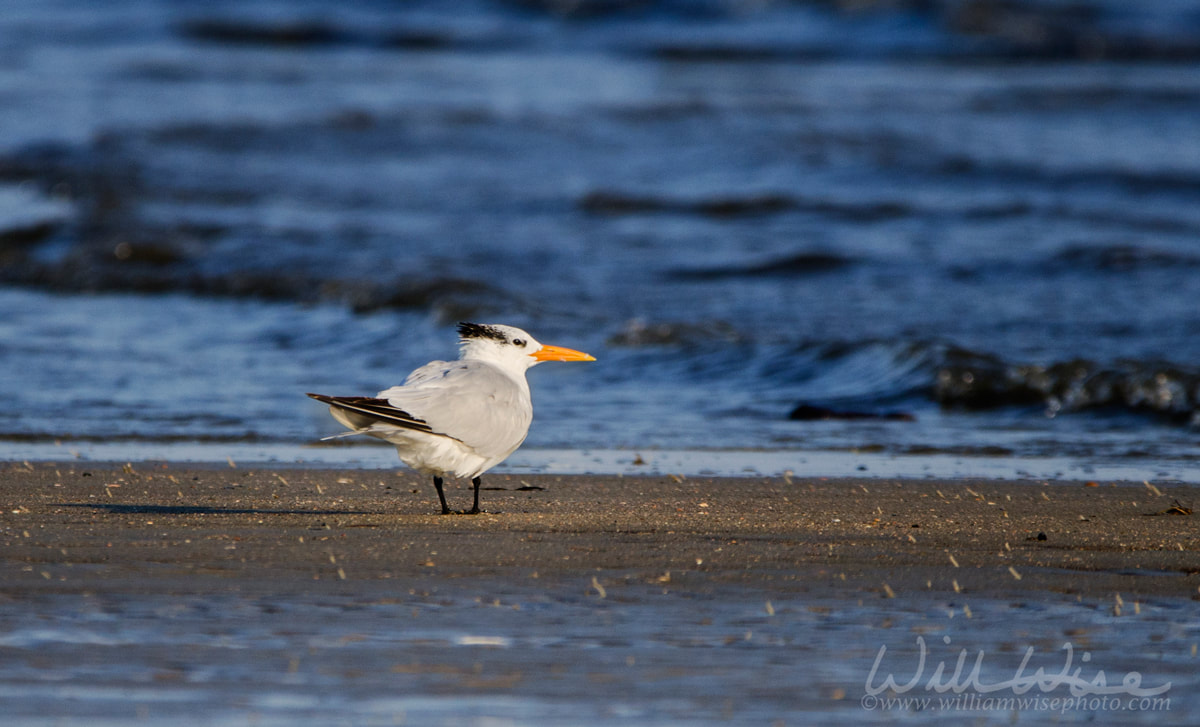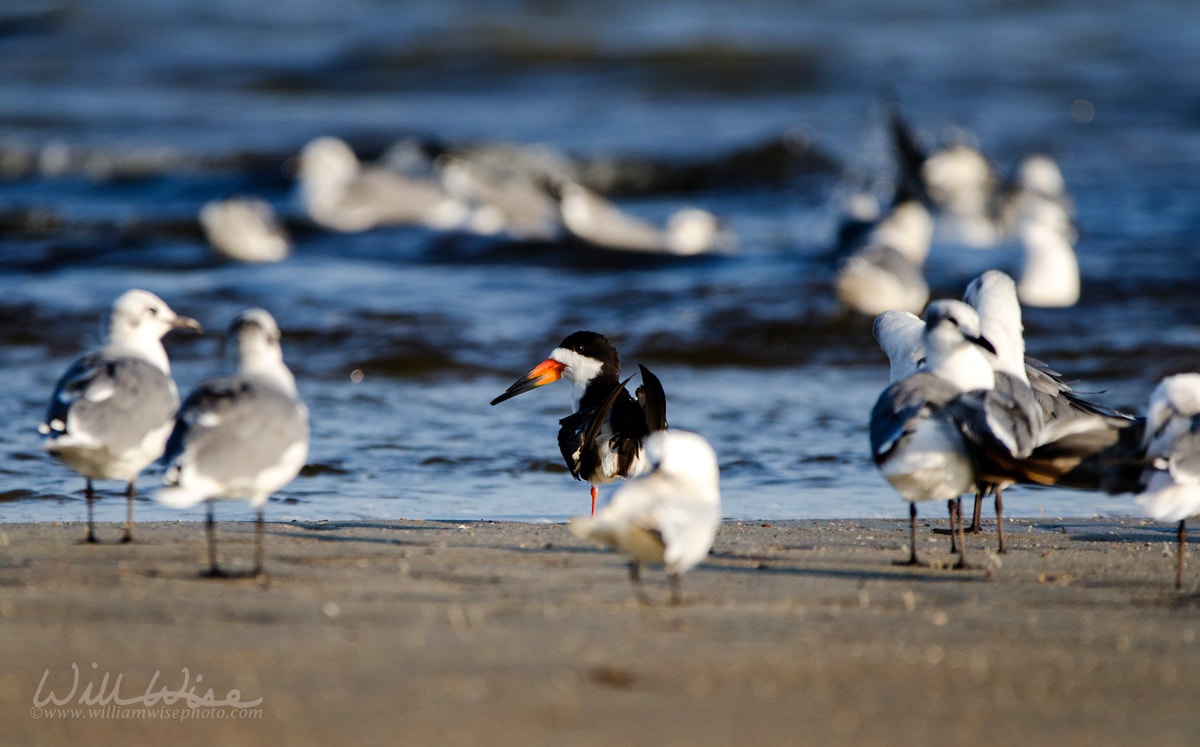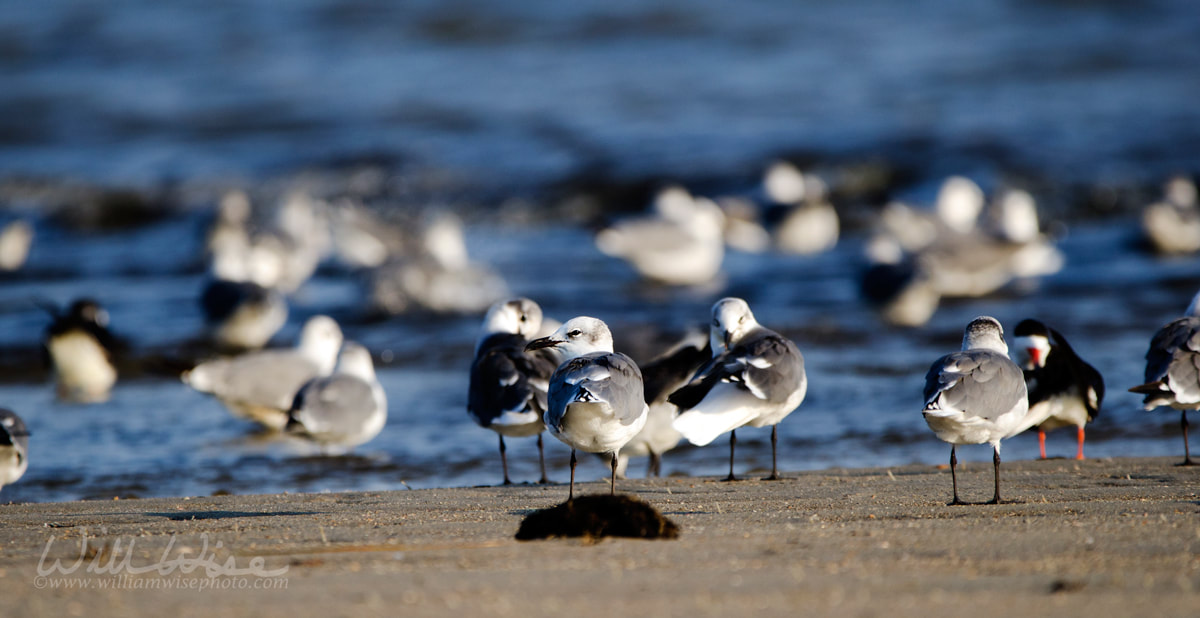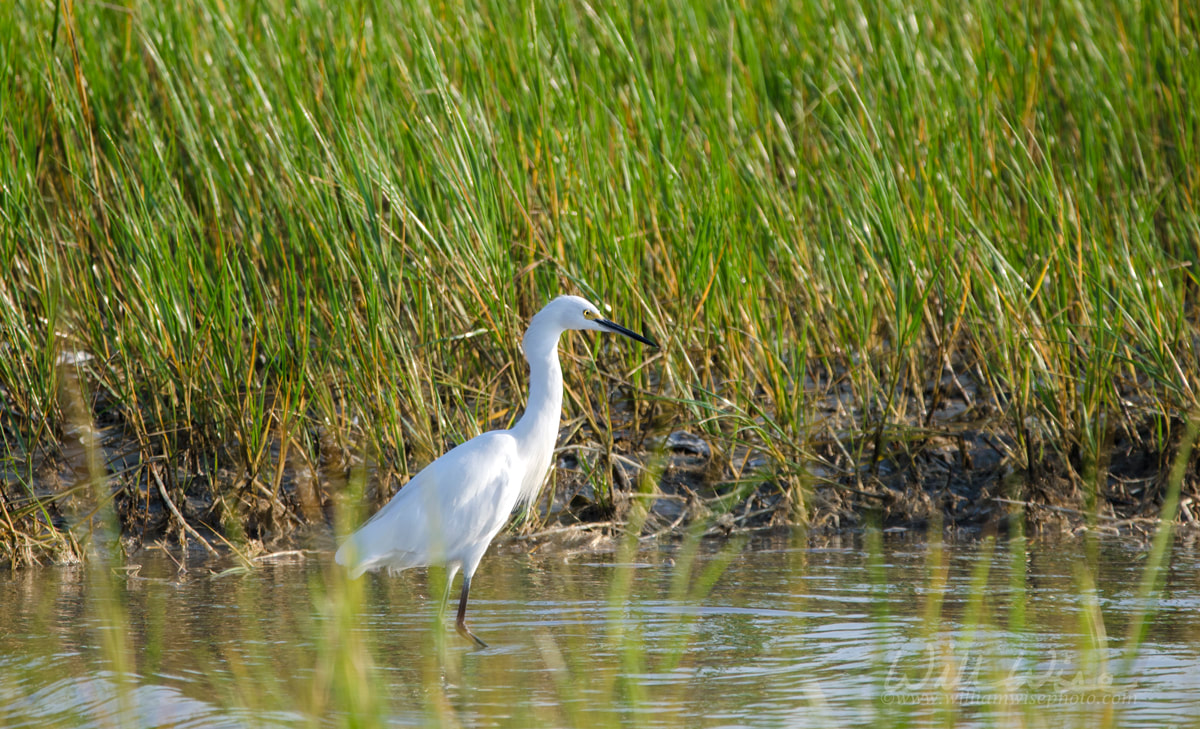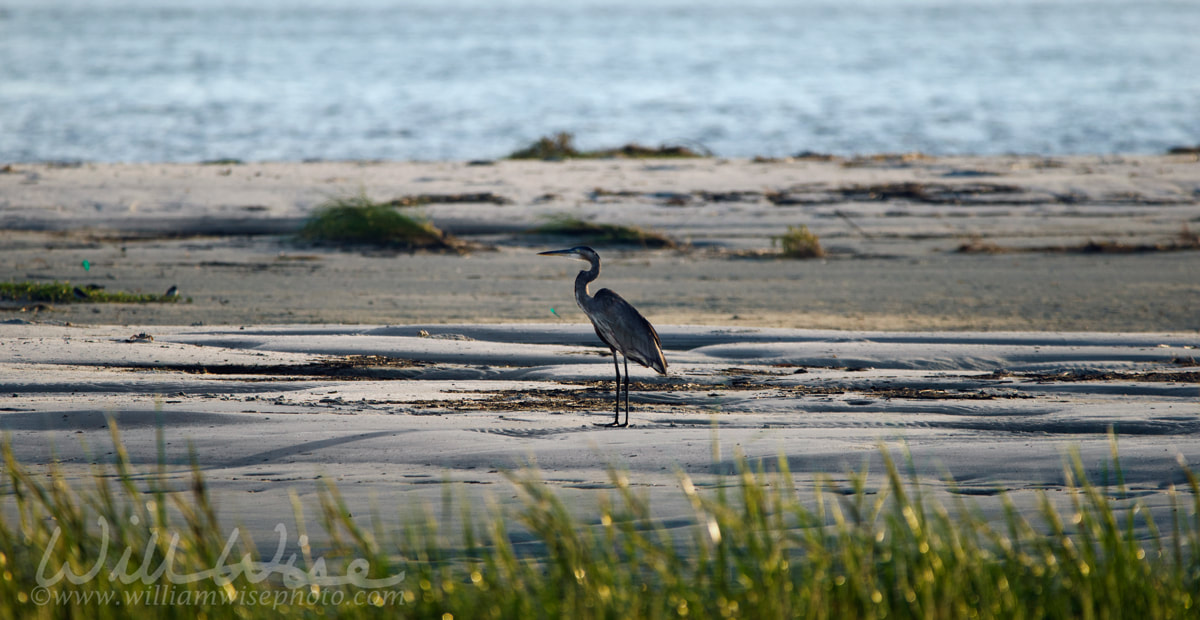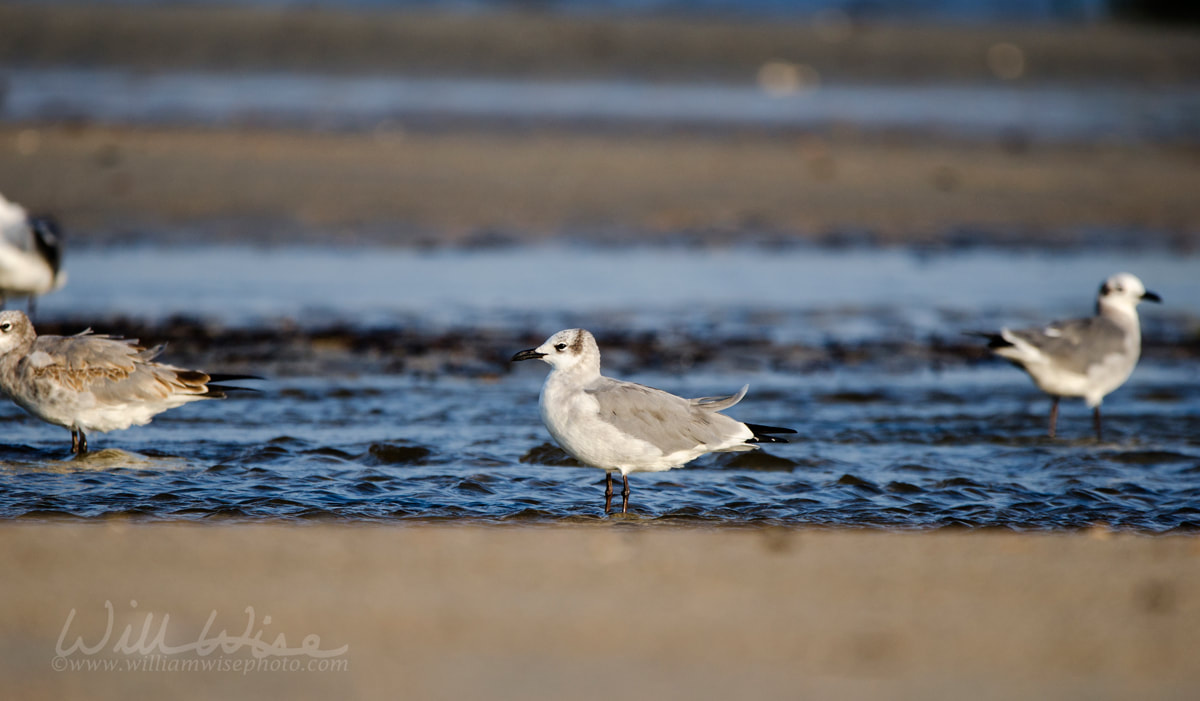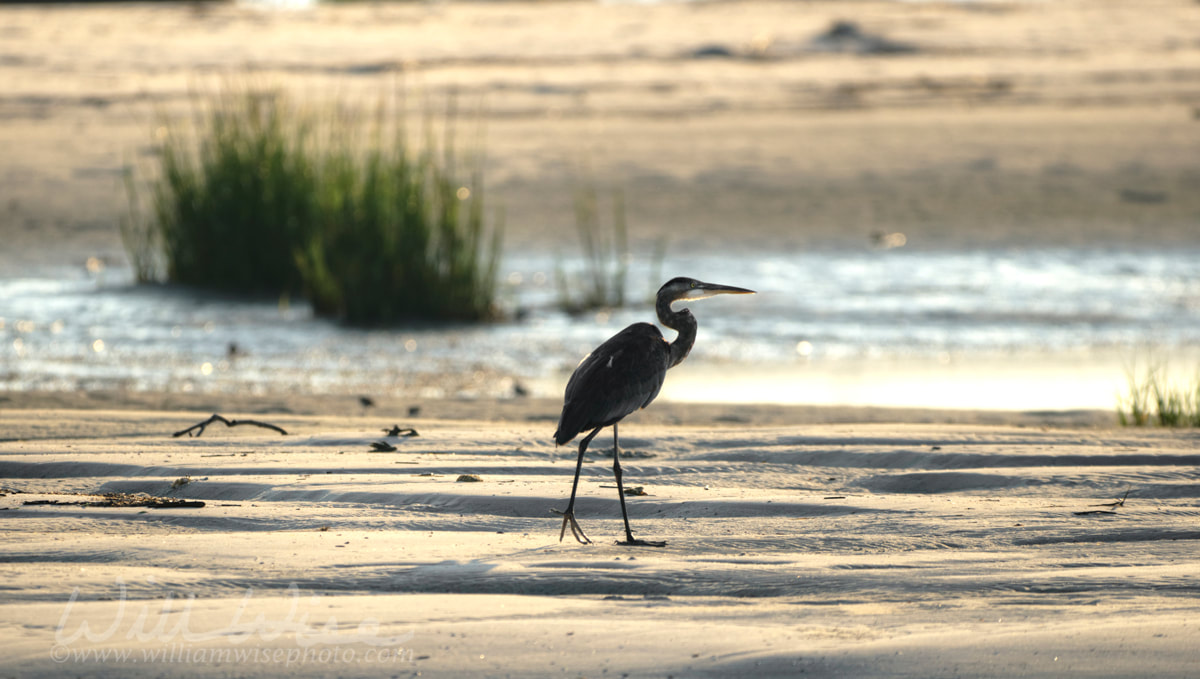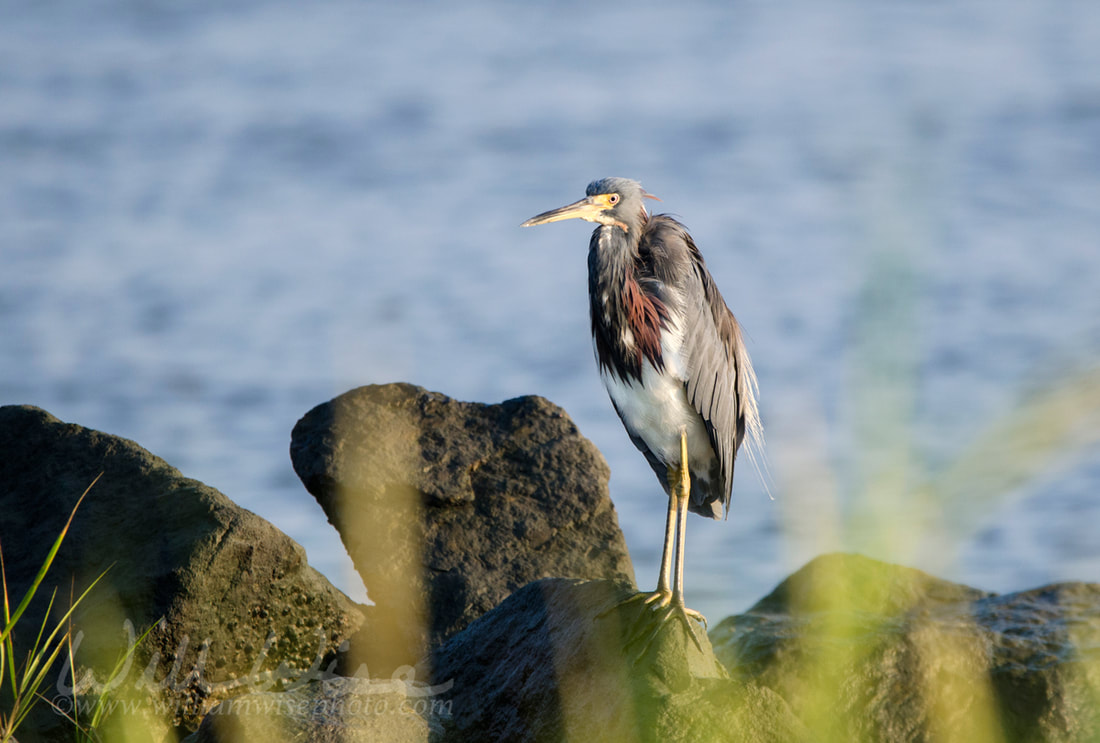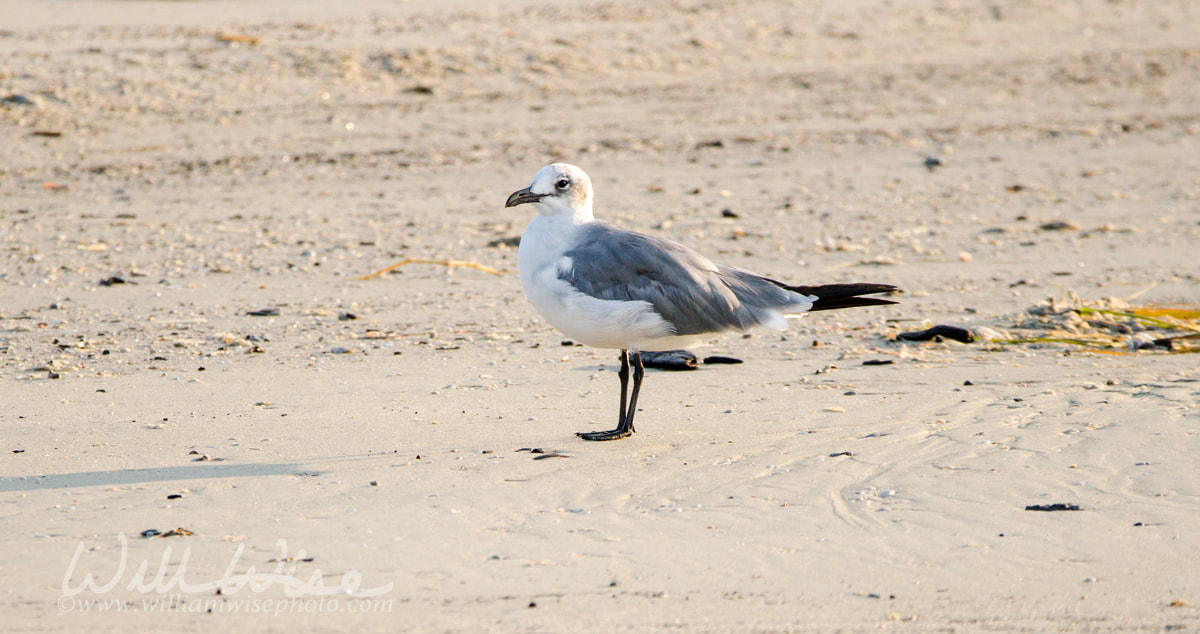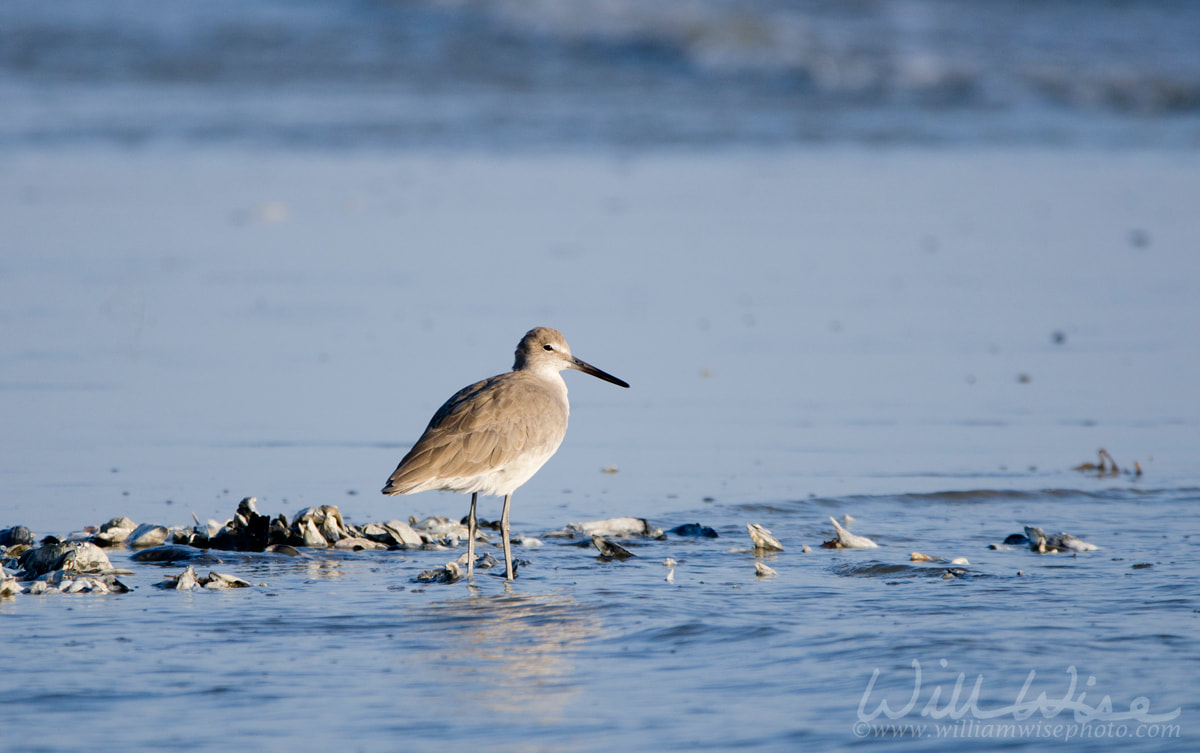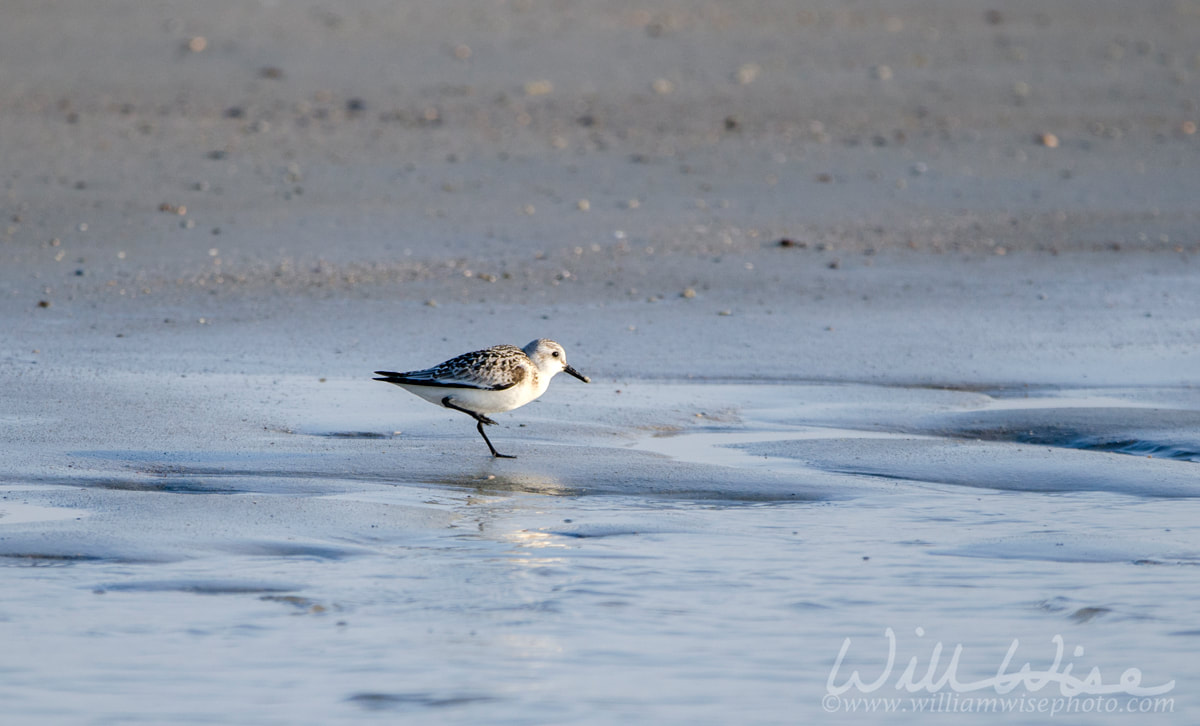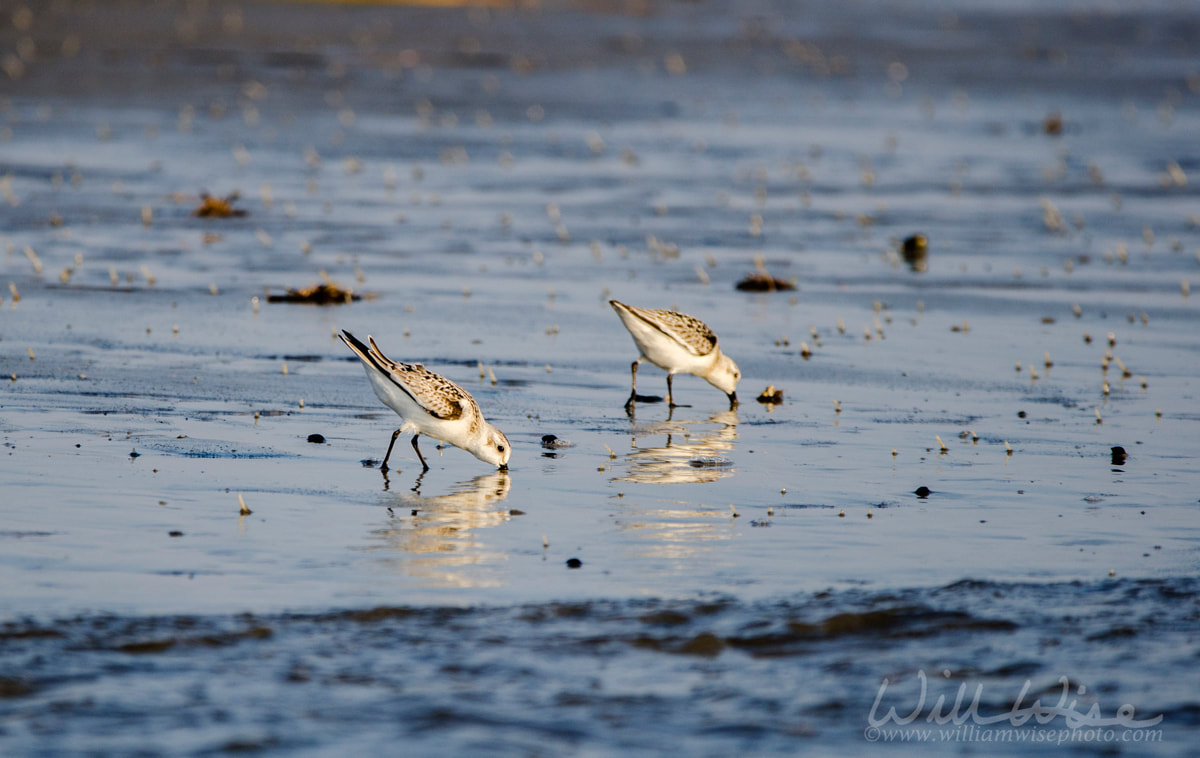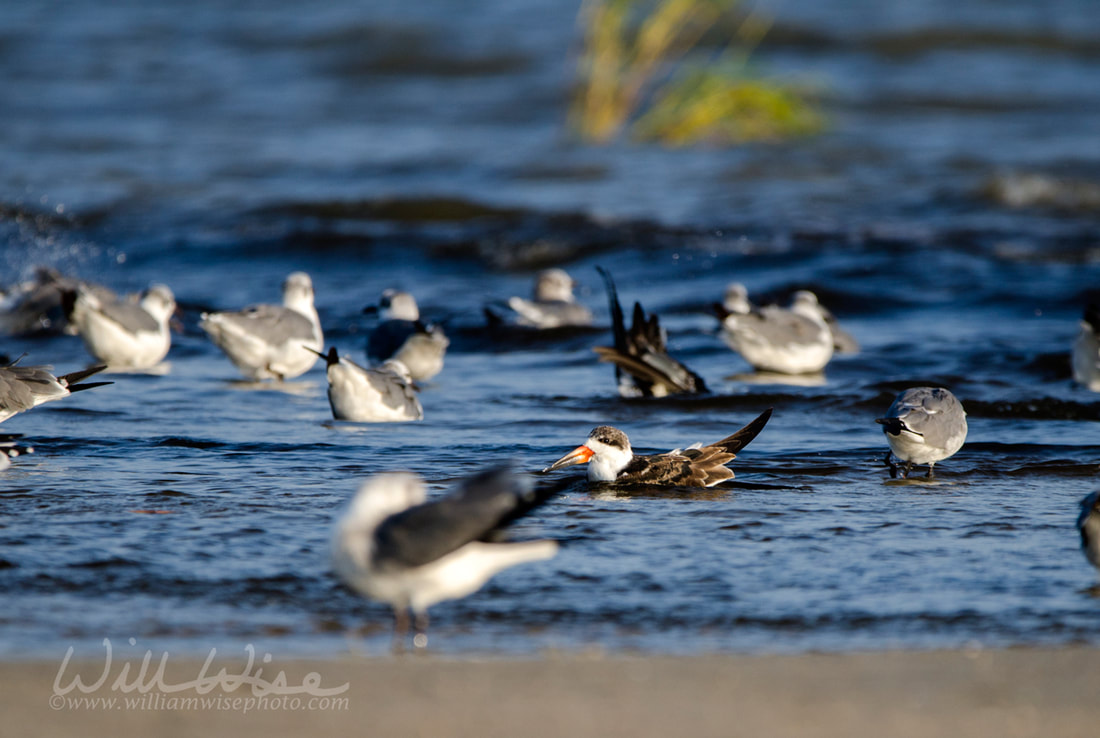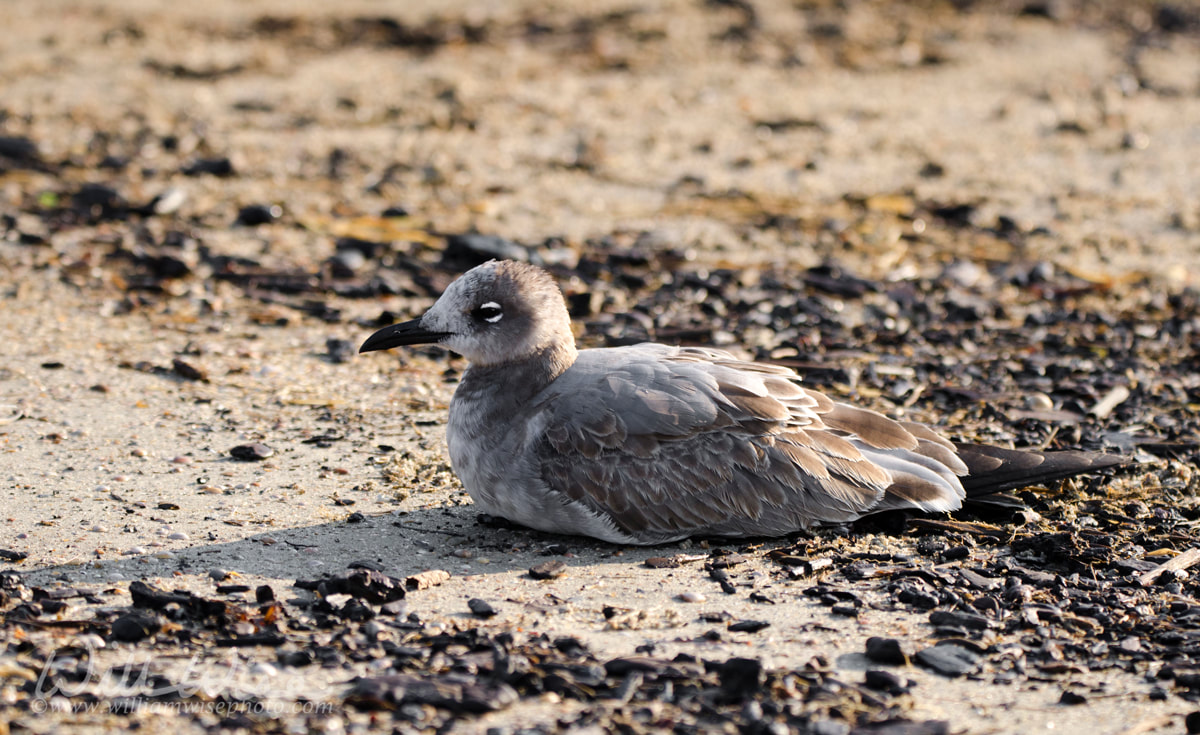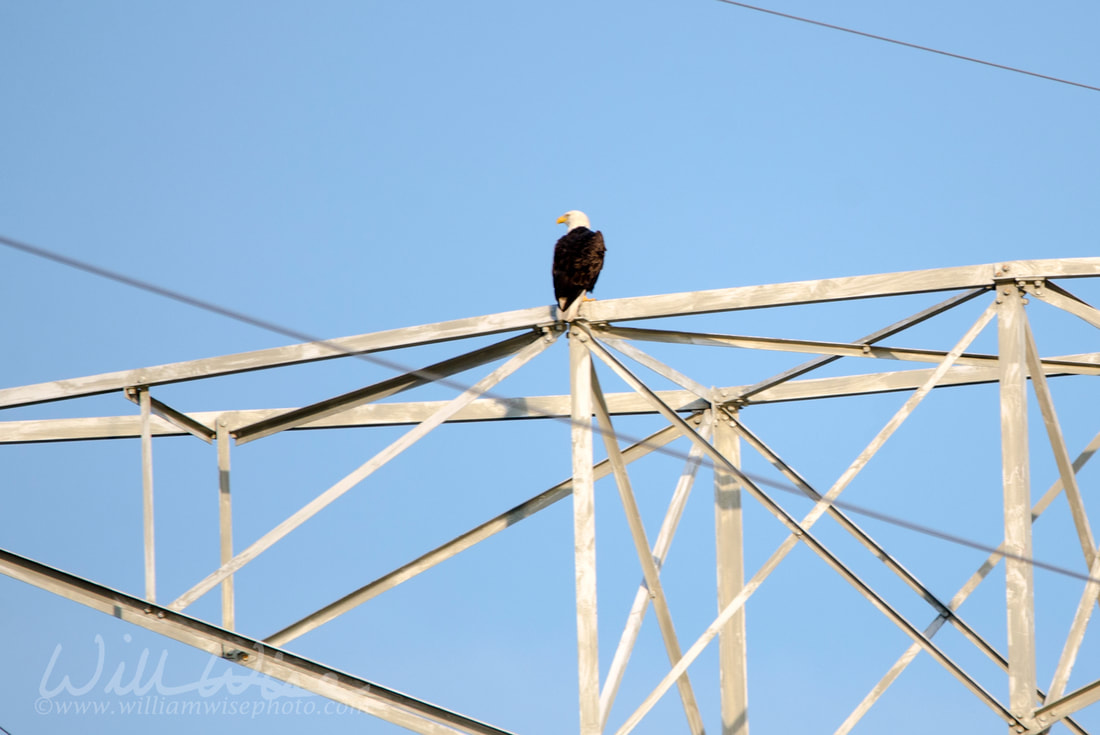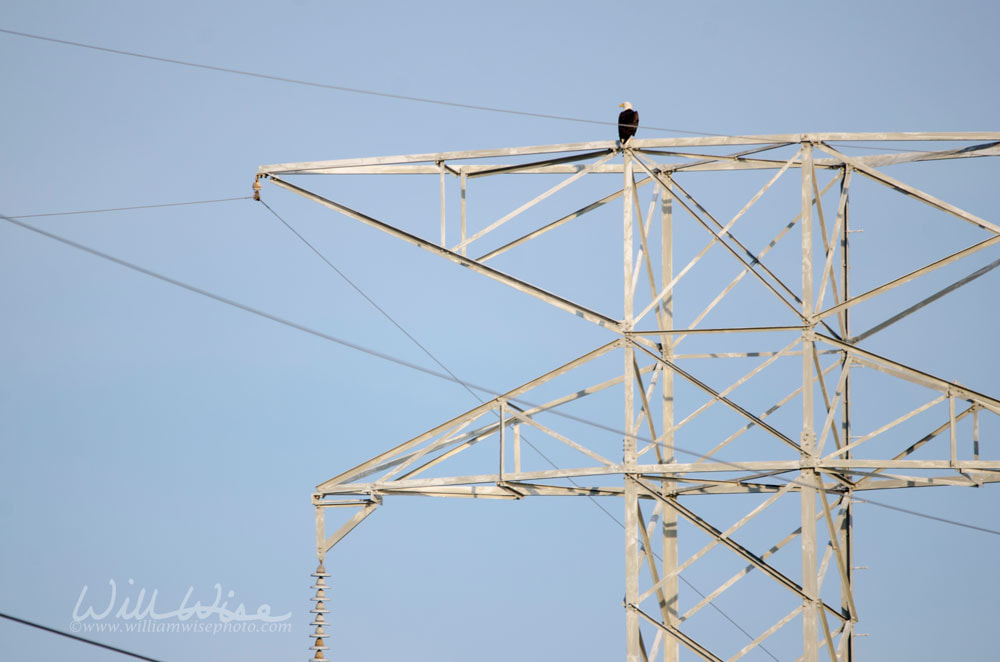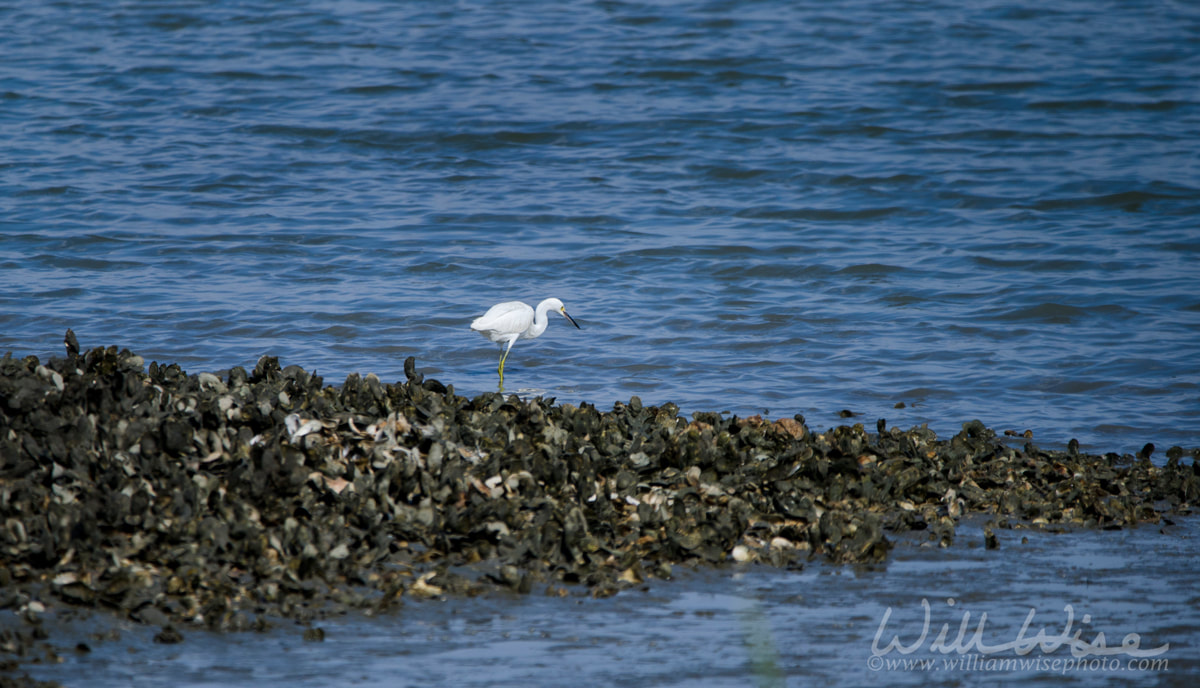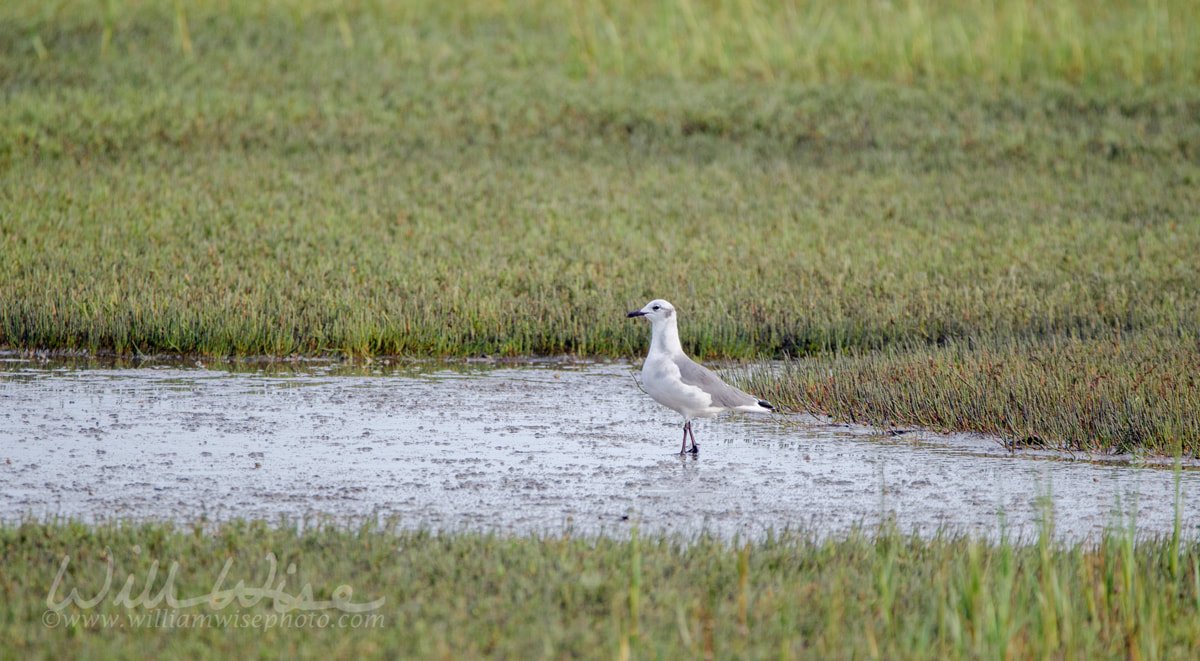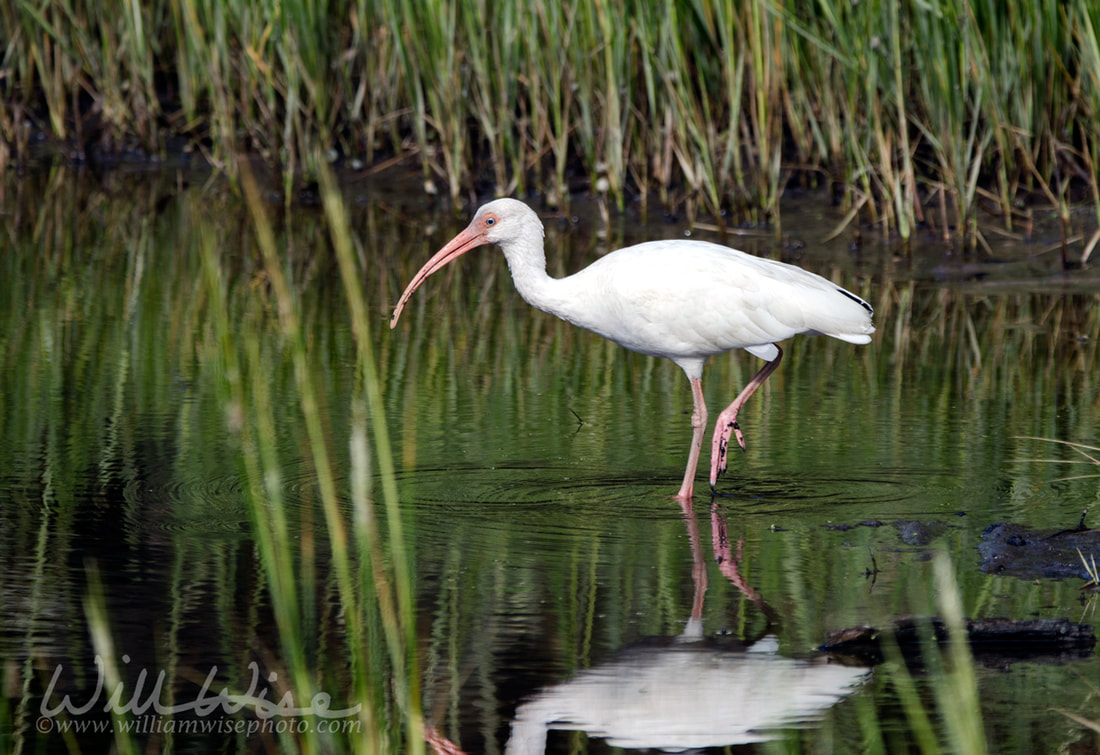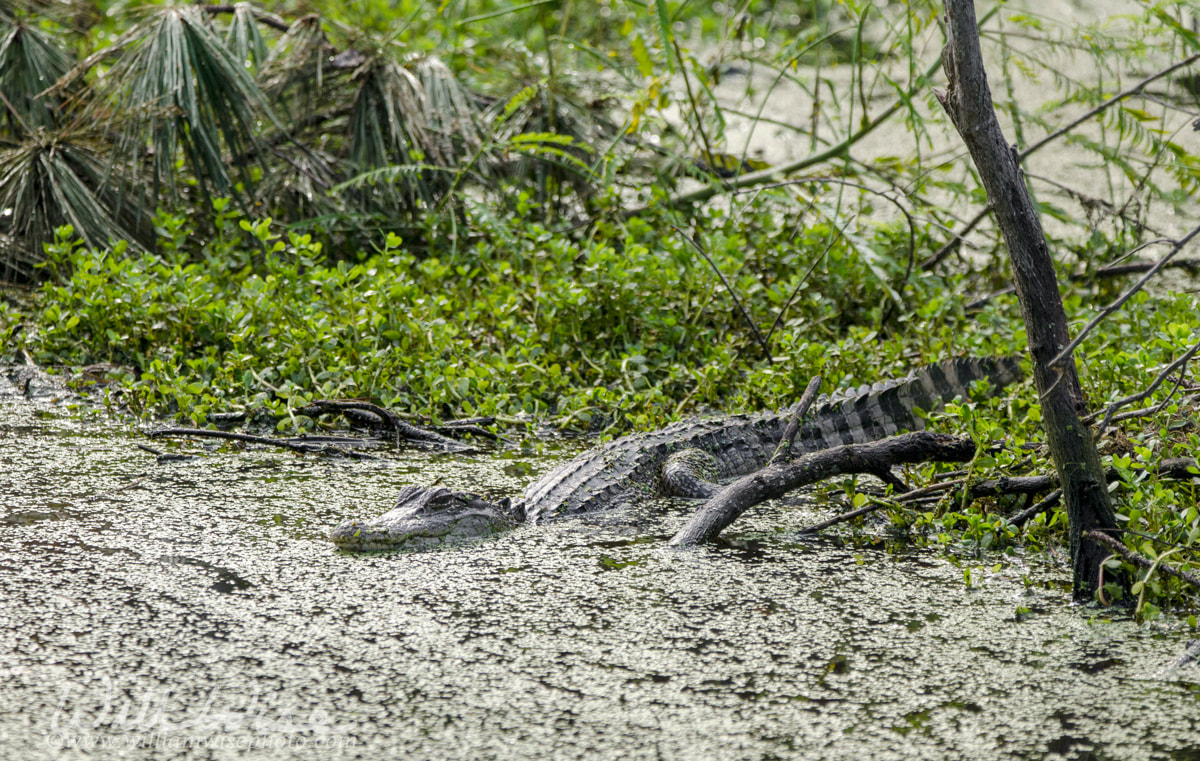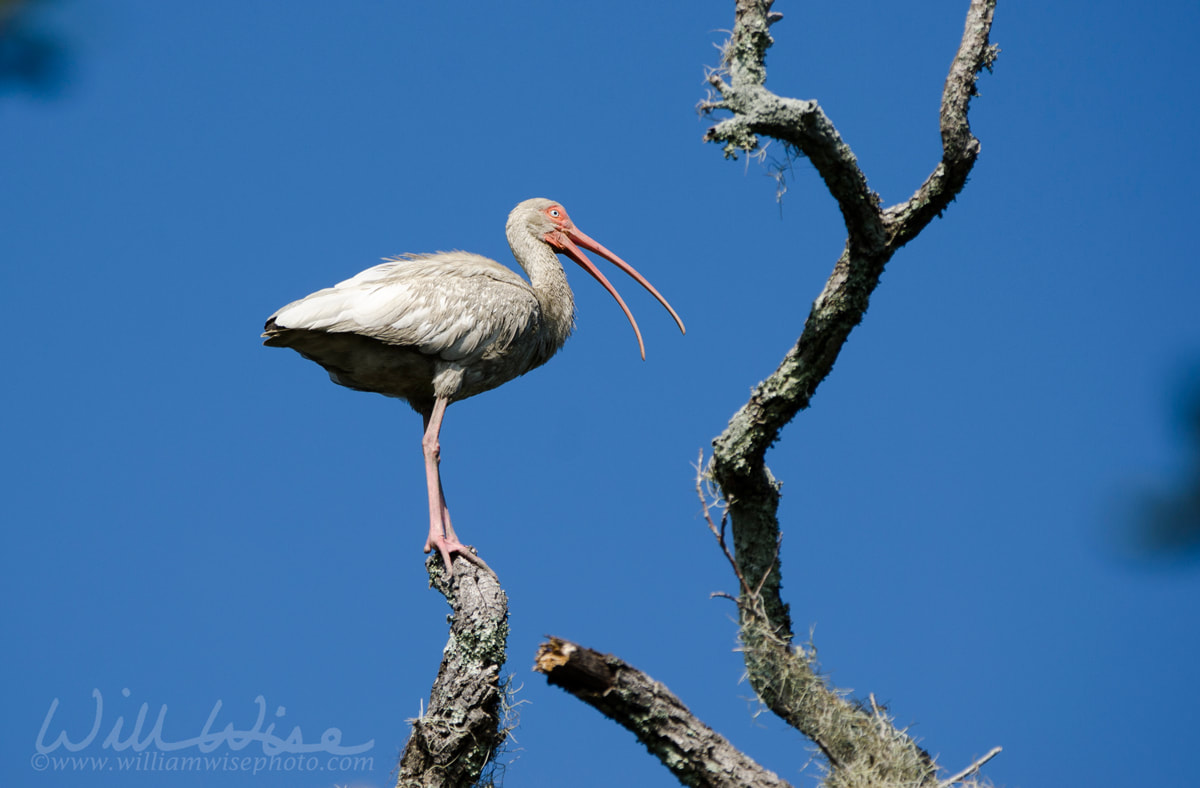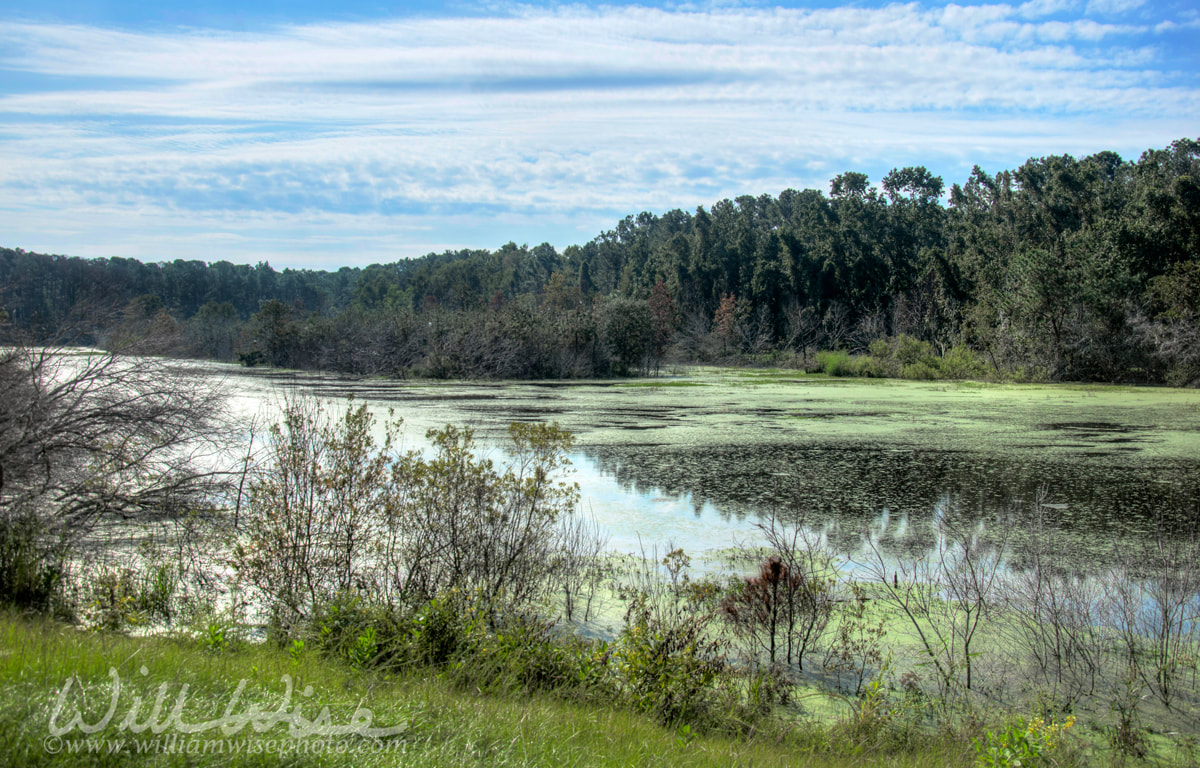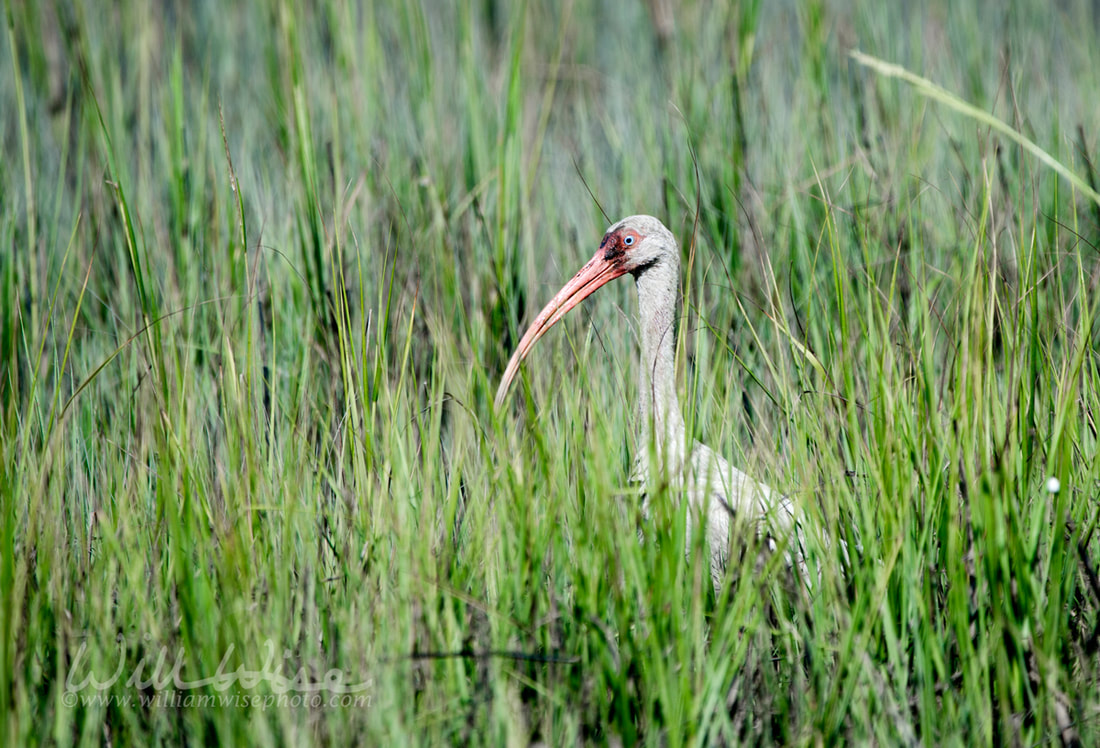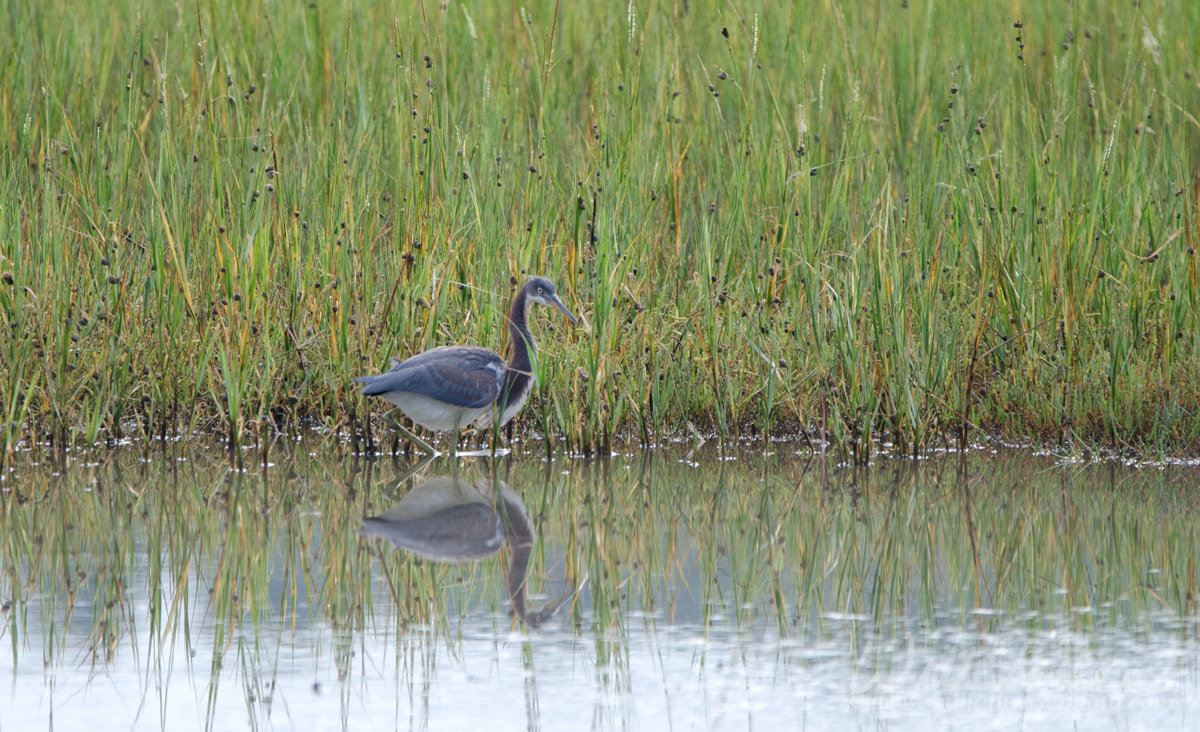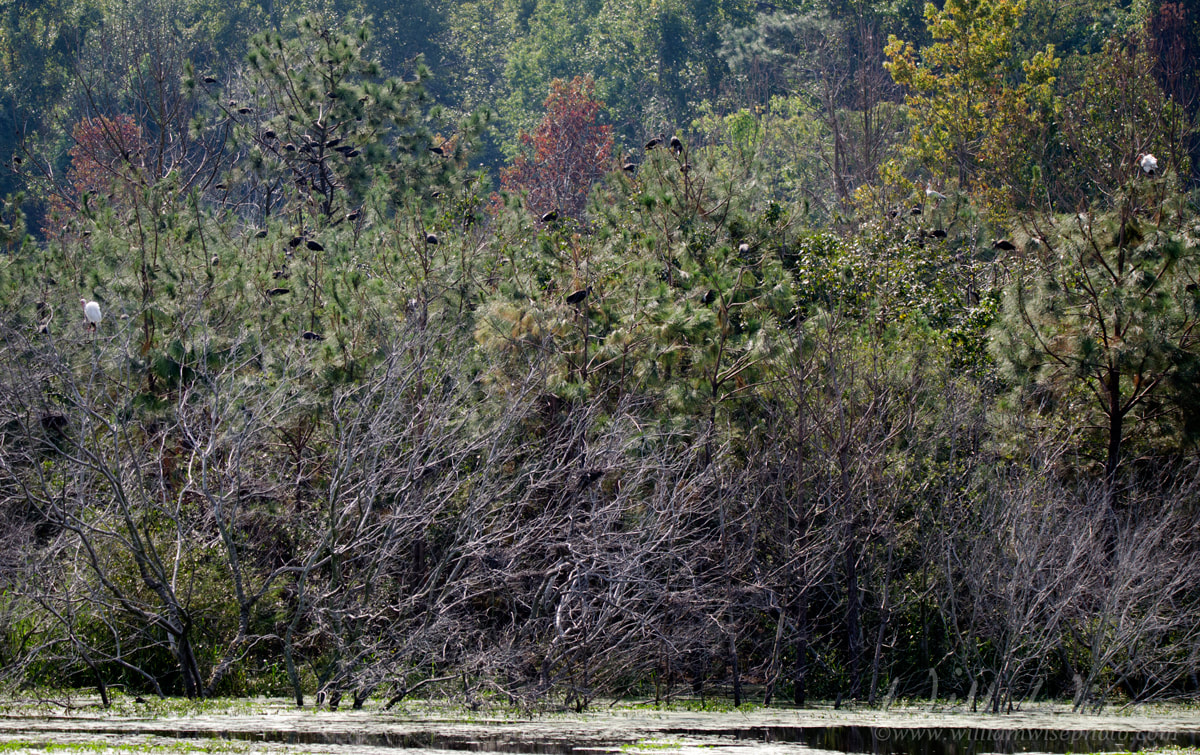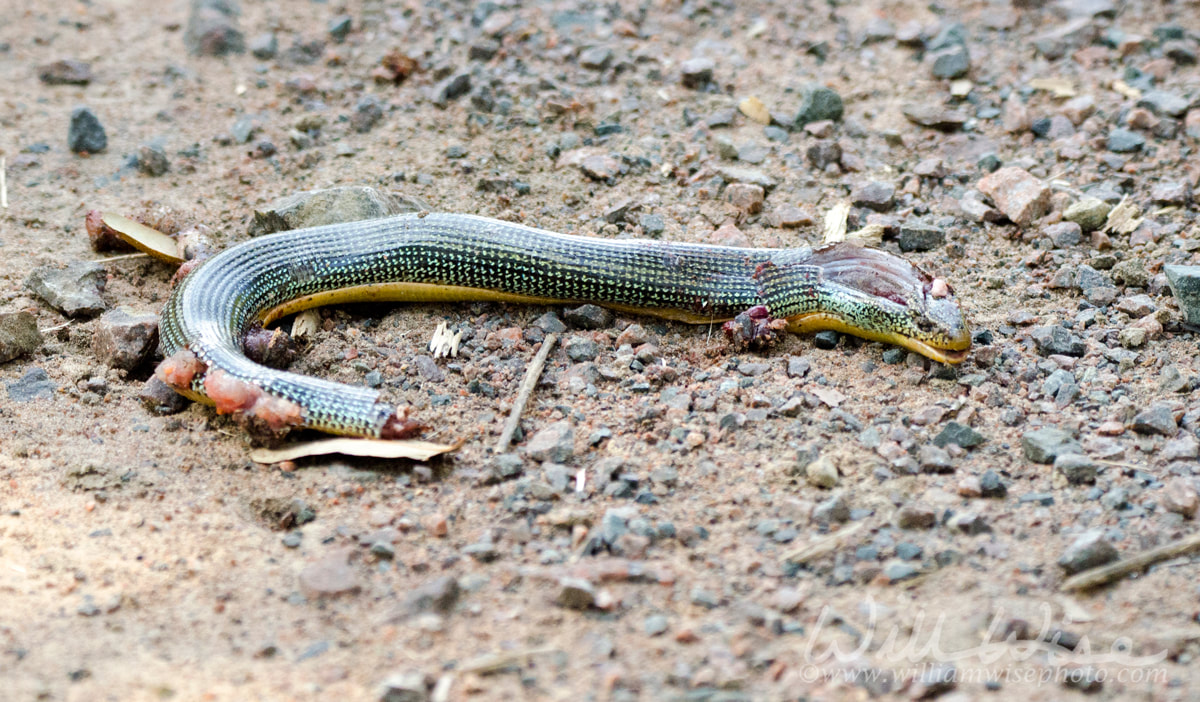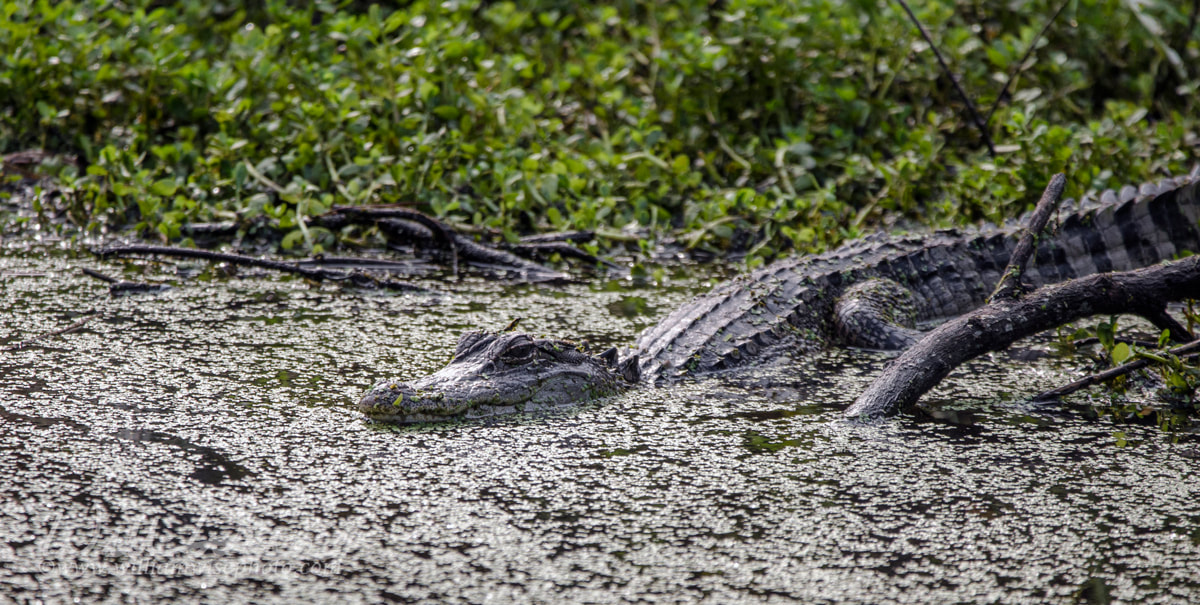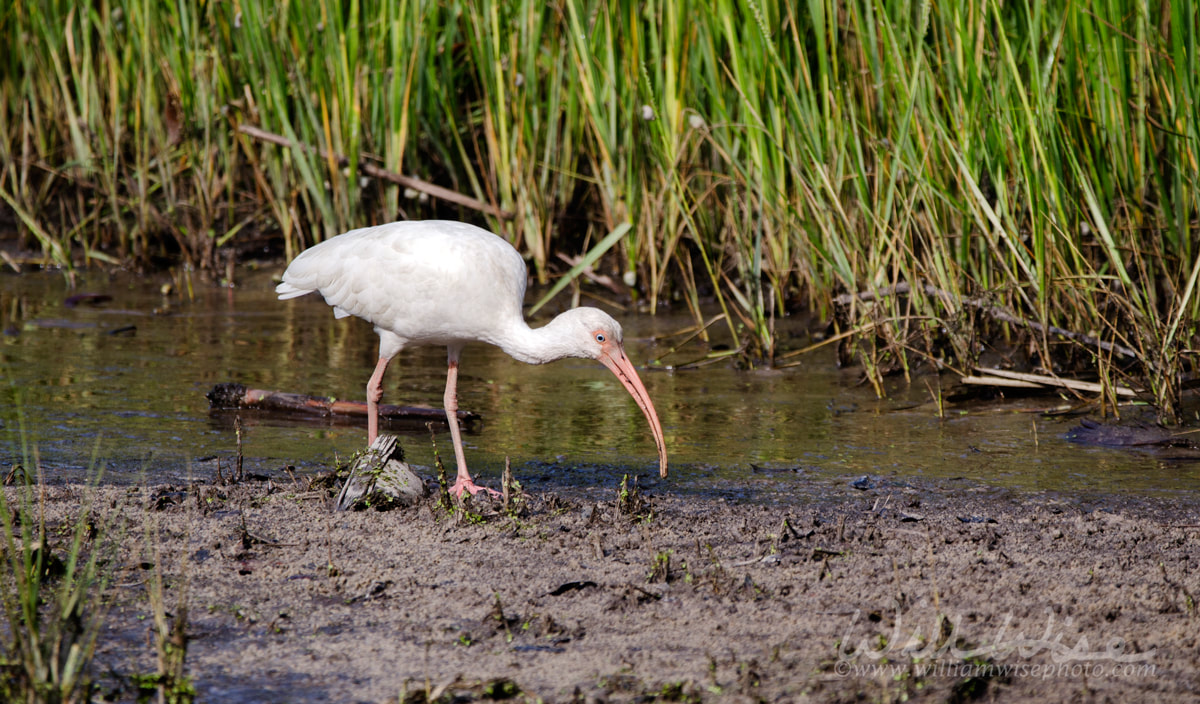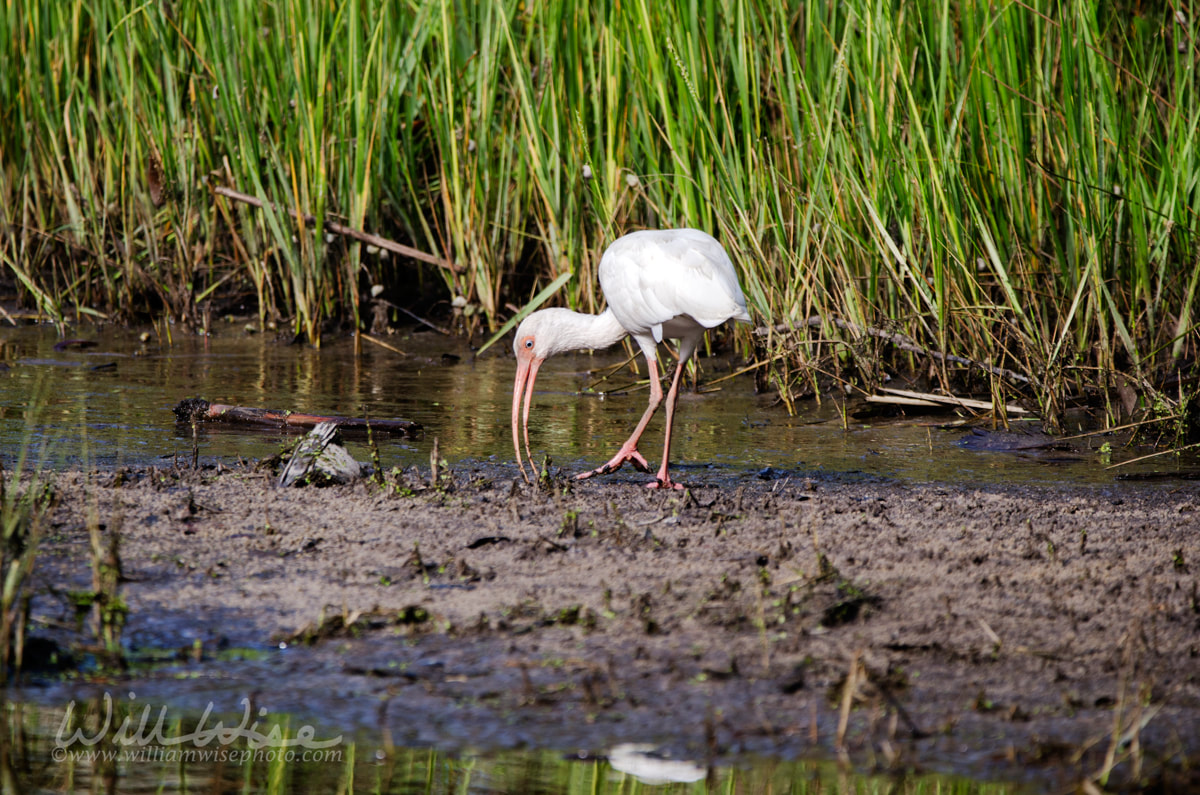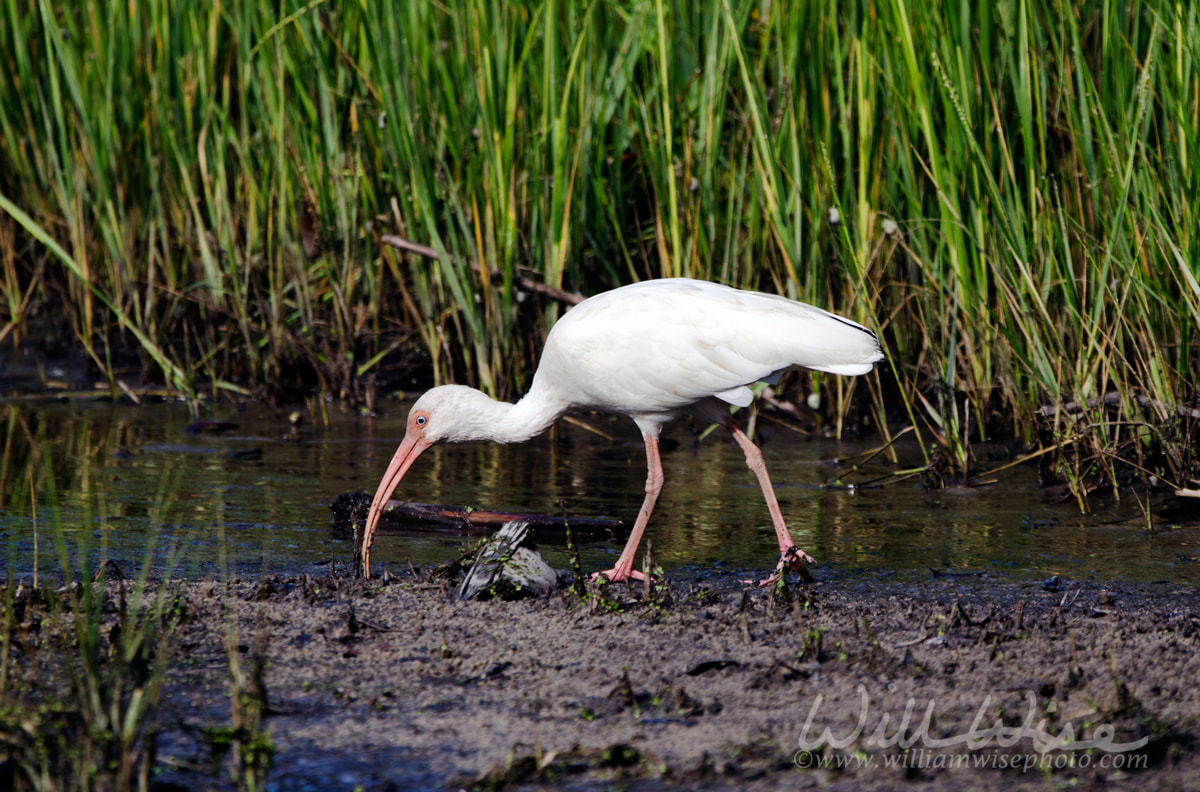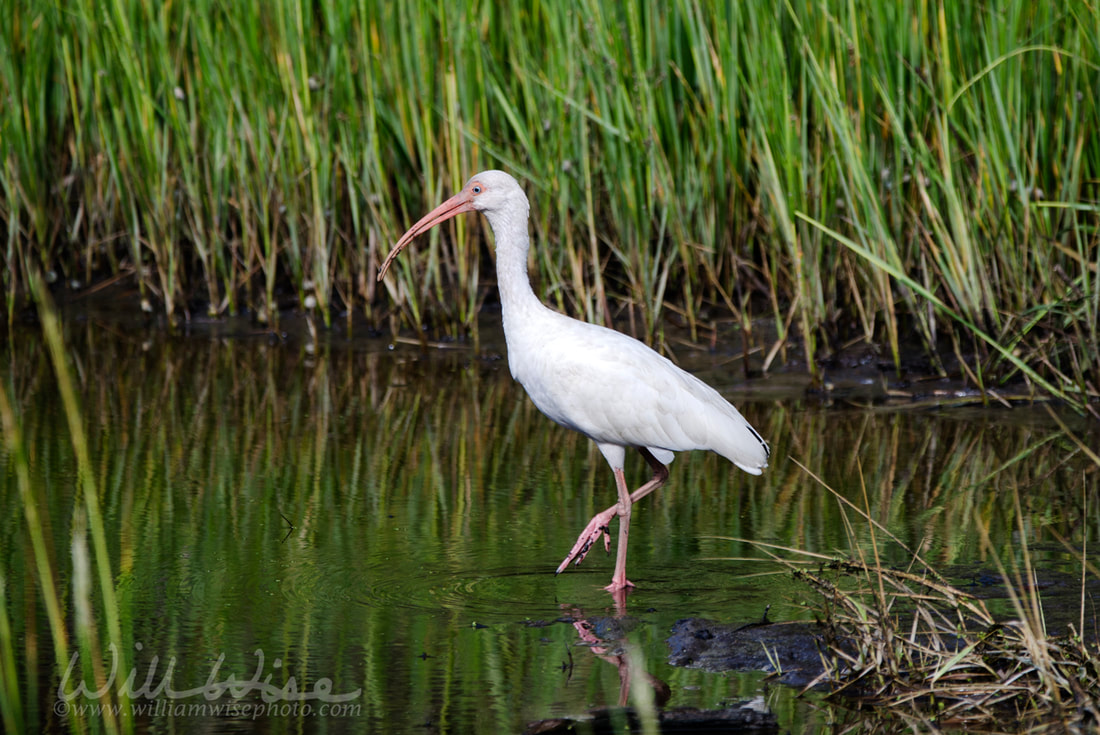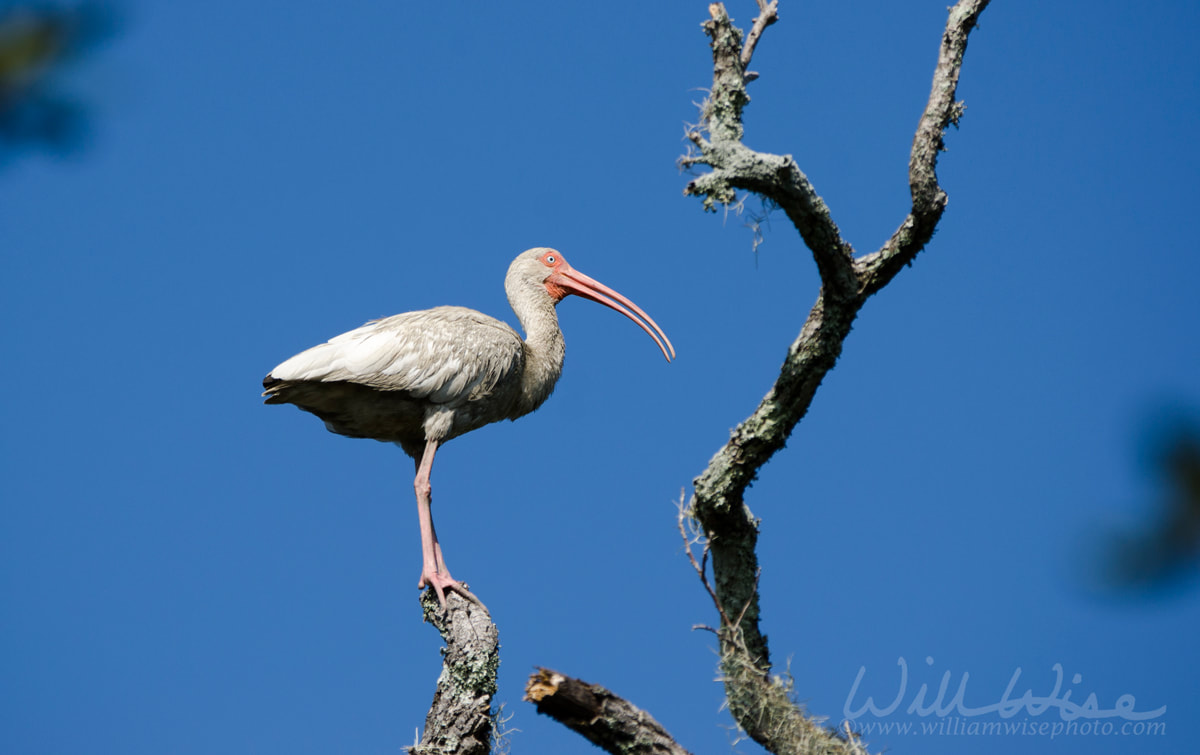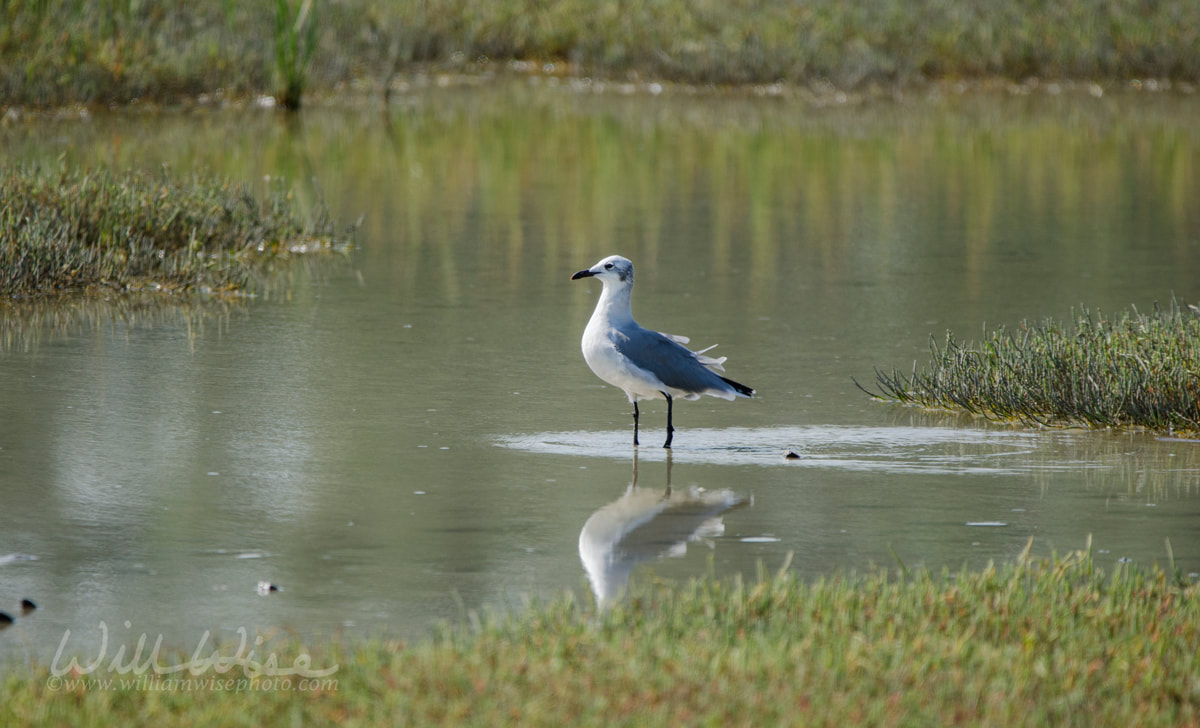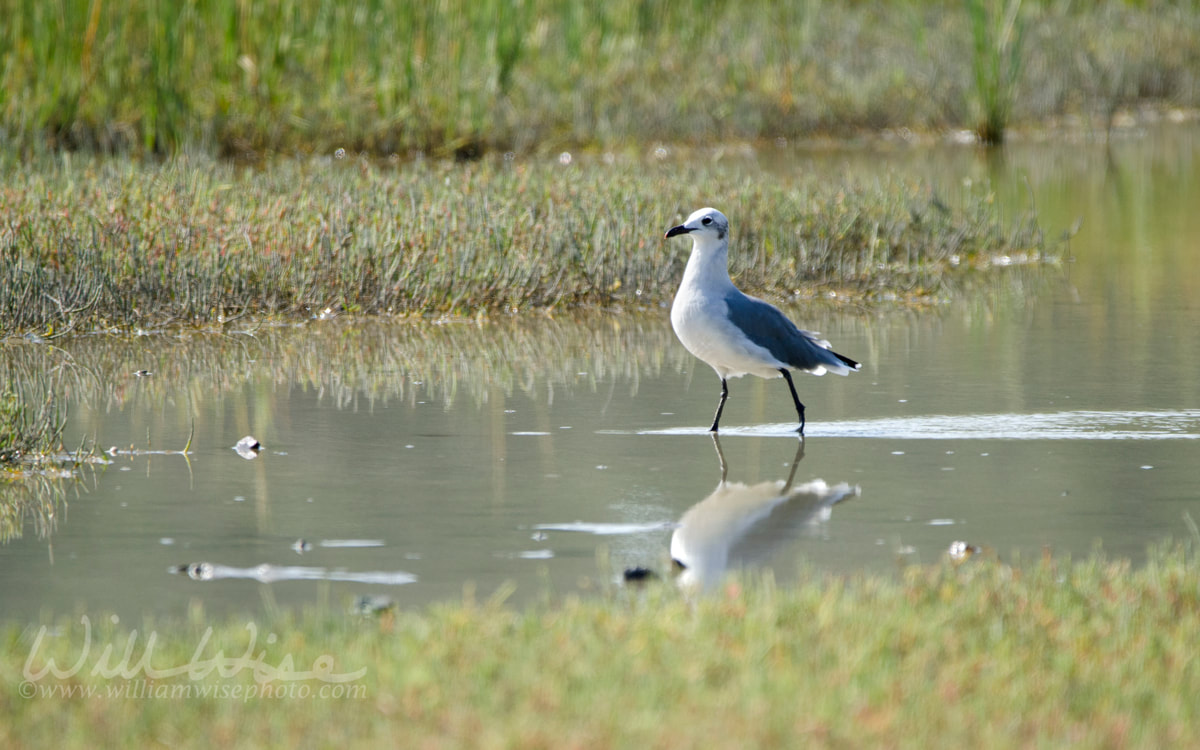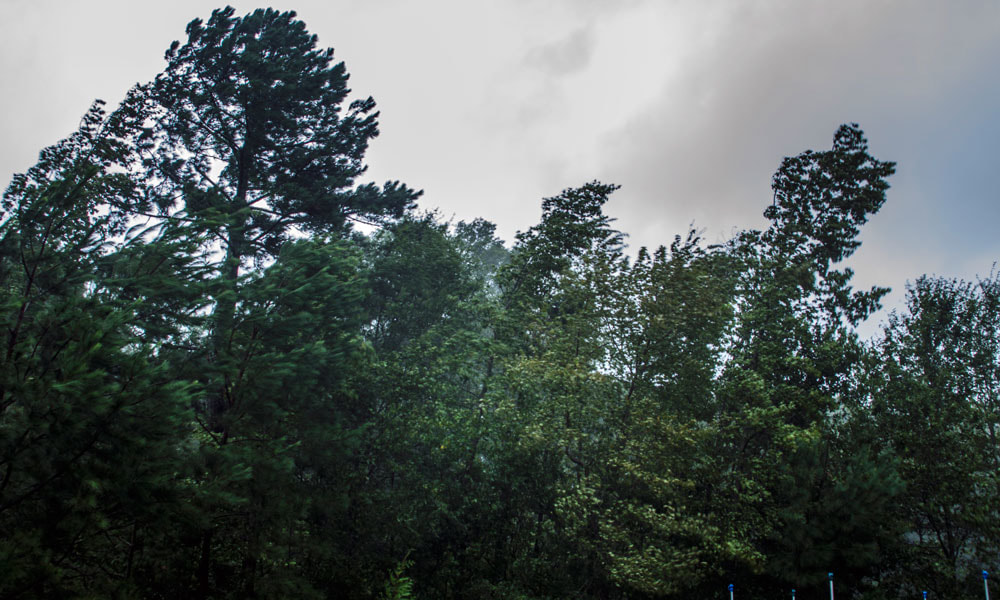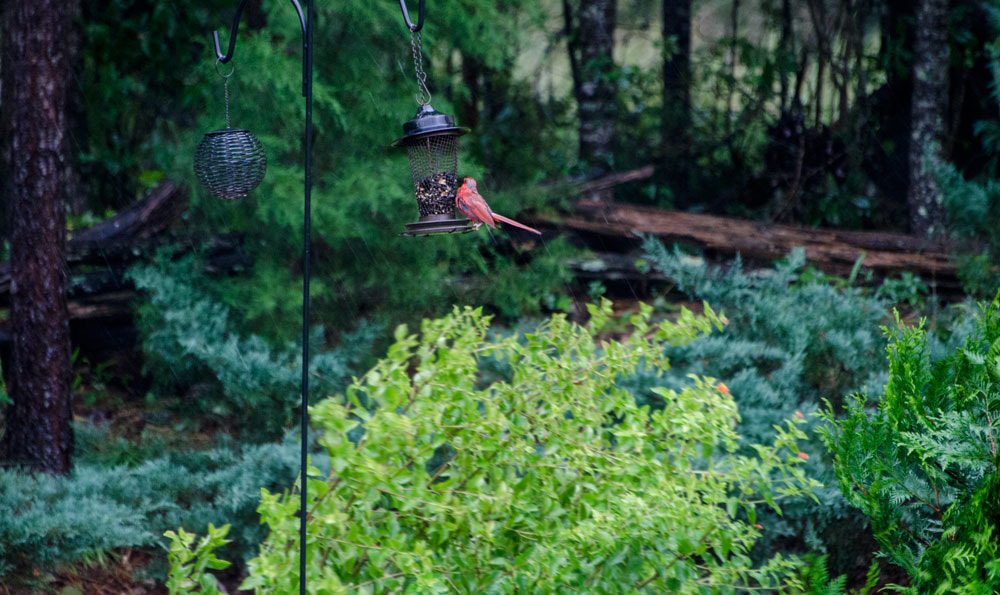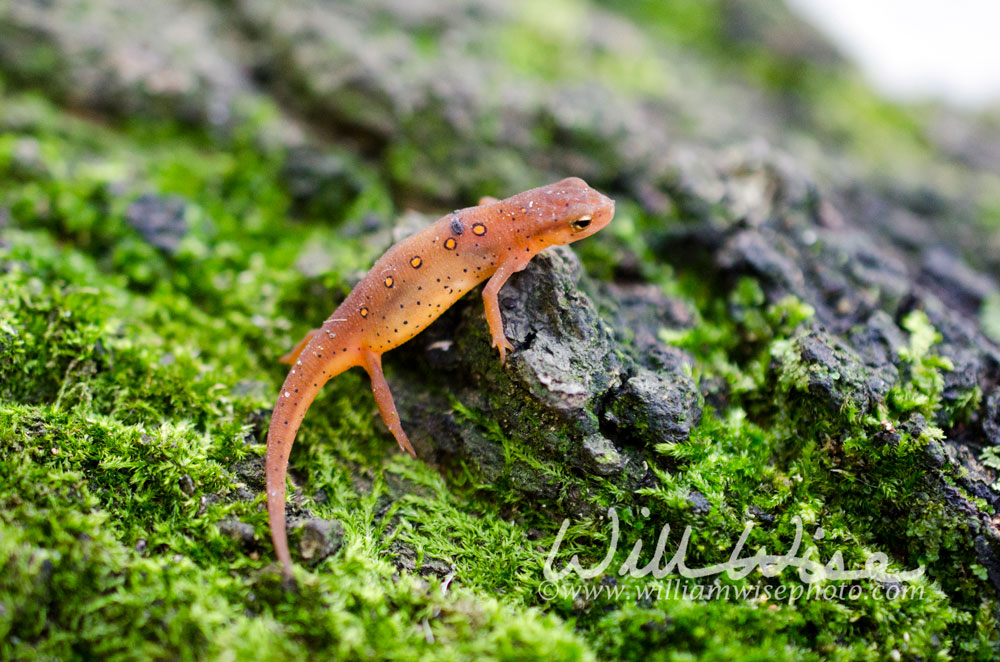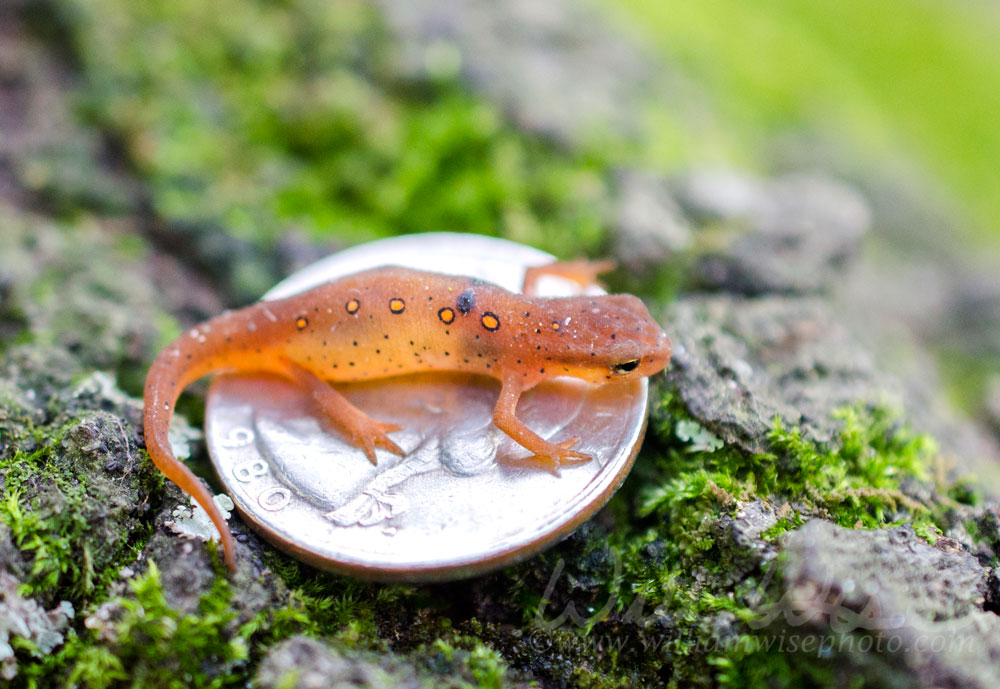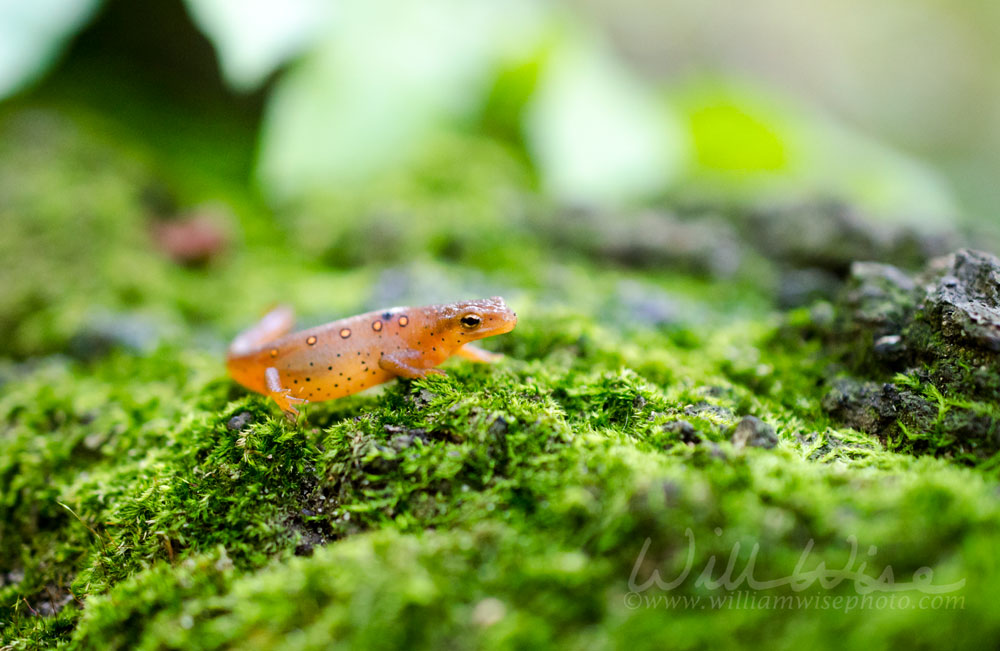0 Comments
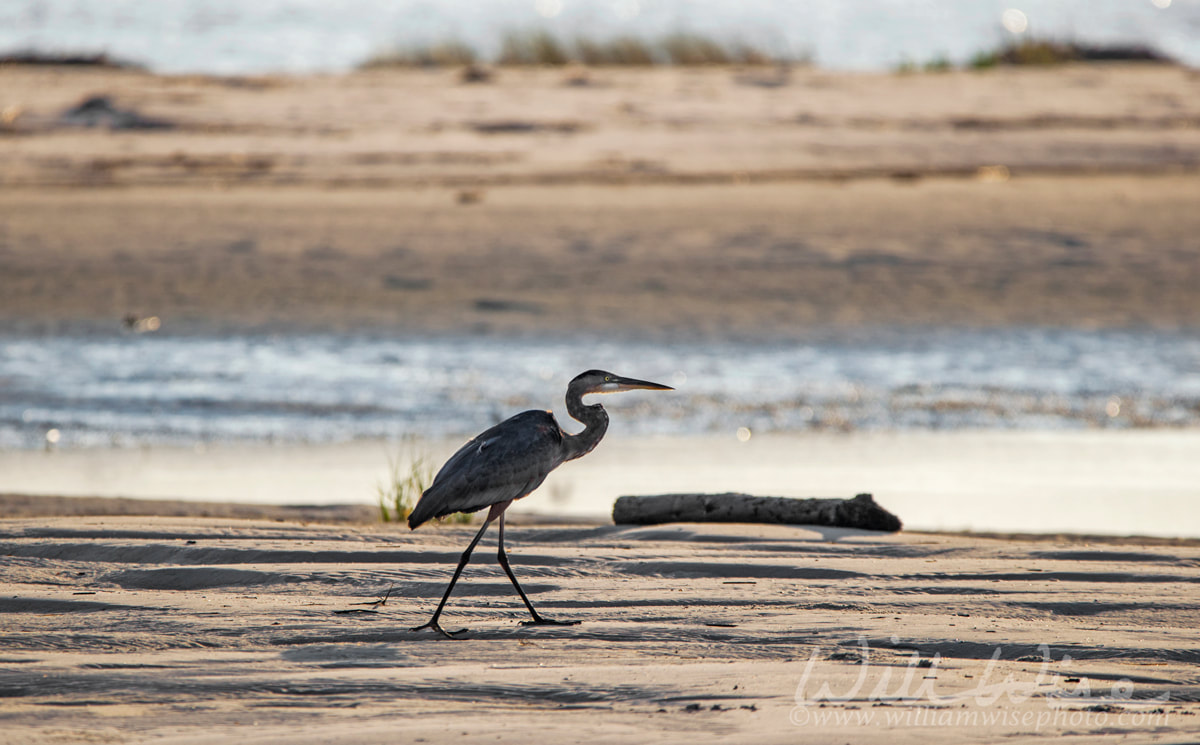 Great Blue Heron, Ardea herodias, silhouette on island beach. Hilton Head Island, South Carolina, USA. Fish Haul Park and Mitchelville Beach on the Intracoastal waterway. The salt marsh, tidal creeks, salt pannes, ponds, Saw Palmetto, and forests are habitat for waterfowl, shorebirds, wading birds, raptors, neo-tropical migrants, with large concentrations of white ibis, herons, and egrets. Saturday, 8:03 AM - On the morning of my wife’s birthday, we took a Sunrise stroll through Fish Haul Creek Park and out onto Mitchelville Beach on Hilton Head Island. The park was just a quick, 2-mile drive from our hotel. From the parking area, a wide dirt pathway marked with lines of fresh raccoon tracks lead through a patch of Maritime Forest that was heavily populated by mosquitoes this time of year. Walking quickly to avoid the blood suckers, we came out onto the salt flats. The morning smell of exposed marsh and mud permeated the still air. The mud seemed in motion as hundreds of fiddler crabs crawled in waves in response to our movement. Tiny holes beside small mounds of mud balls dotted the flats. A short wooden dock ending at a gazebo provided a nice sunrise observation point. Walking a bit further on we came to Mitchelville Beach. I had read it was a great place for birding since it was far less frequented by tourists, being a “less clean” beach than the other Island beaches. And it was a true assessment. Instead of umbrellas and blankets lining the beach, there were piles of wood and washed up grasses along the shore. It was actually nice to see on this island that is heavily slanted toward tourists, a beach that is still “more wild” and kept as a refuge for the faunal inhabitants of Hilton Head. 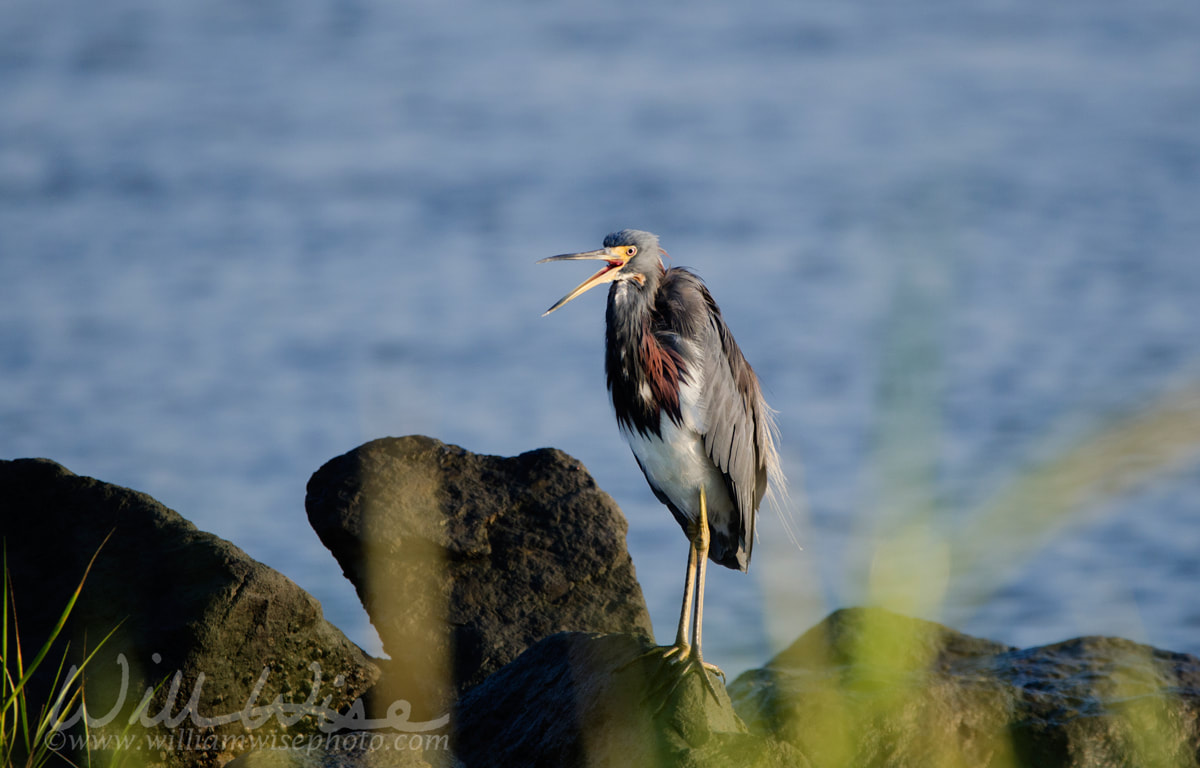 Tricolored Heron, Egretta tricolor. Hilton Head Island, South Carolina, USA. Fish Haul Park and Mitchelville Beach on the Intracoastal waterway. The salt marsh, tidal creeks, salt pannes, ponds, Saw Palmetto, and forests are habitat for waterfowl, shorebirds, wading birds, raptors, neo-tropical migrants, with large concentrations of white ibis, herons, and egrets. Out on the beach, the sun was rising from off-shore. Not the best for photography, but provided some backlit silhouette shots that were usable after some Photoshop processing. Groups of gulls and shorebirds sat a bit further out on the exposed sandbars. I tried hopping from rock to rock to get closer, but would have to get wet if I really wanted a shot. As we walked westward on the beach, the sun shifted a bit more over my shoulder, producing some better shots. We followed groups of shorebirds down the water’s edge. One of the most interesting sights to watch was a Black Skimmer doing what he was named to do: skimming his peculiarly shaped, large red and black bill back and forth through the surf, hoping to catch small fish. 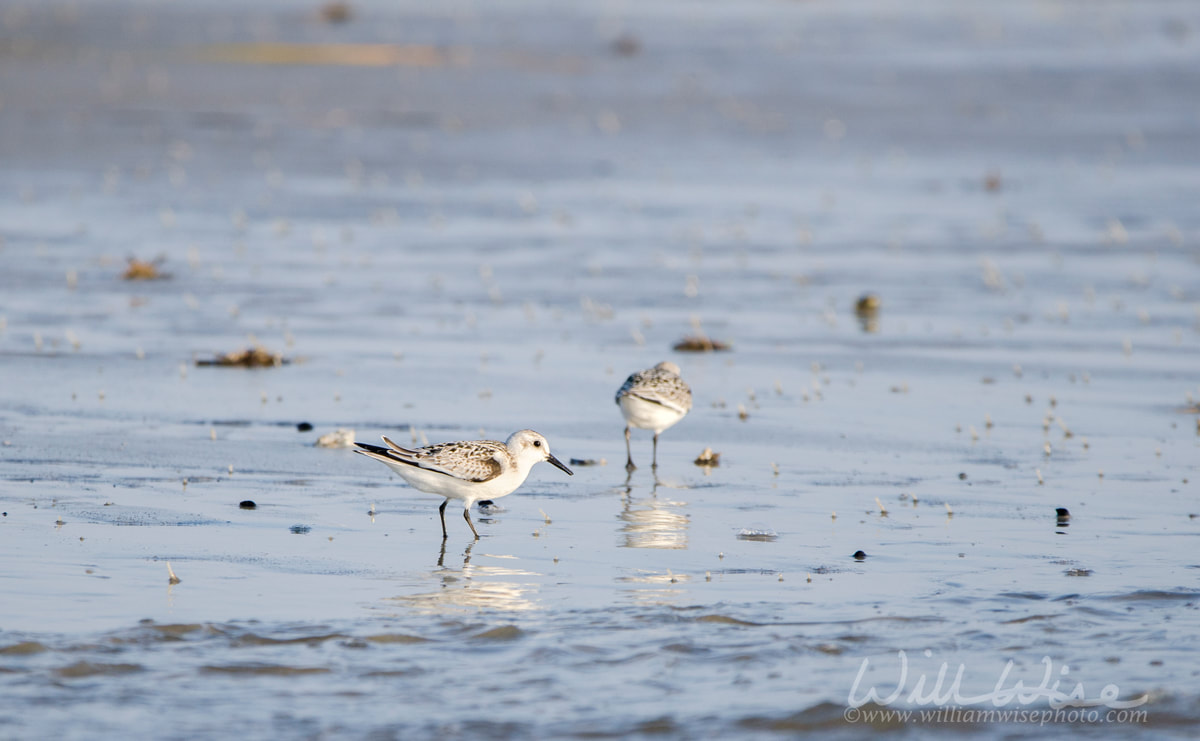 Sanderling bird, Calidris alba, on beach surf. Hilton Head Island, South Carolina, USA. Fish Haul Park and Mitchelville Beach on the Intracoastal waterway. The salt marsh, tidal creeks, salt pannes, ponds, Saw Palmetto, and forests are habitat for waterfowl, shorebirds, wading birds, raptors, neo-tropical migrants, with large concentrations of white ibis, herons, and egrets. Being ignorant of shorebird identification, I just kept firing away and planned to ID later. At least I knew I would be getting new birds for my photography life list. Reviewing the take later, several newbies (for me) were added to the list: Royal Tern, American Oystercatcher, Willet, Black Skimmer and Sanderlings. Friday, 6:30 PM – coming back from the off-island outlet malls, I spotted what I had been scanning the skies for since our arrival on Hilton Head Island: a Bald Eagle! This striking bird sat atop one of the electrical towers bringing power lines to the tourist laden island. I’ve only two or three times seen a Bald Eagle; and never had an opportunity to photograph one. I wasn’t going to let this chance pass. Once over the bridge, I turned the car around to go back across. Only one problem: there was no pull off area or shoulder to safely stop and shoot this beautiful bird! Forced to go all the way across off-island, I pulled over and pondered what to do. “You will have to drive,” I told my wife. We switched positions in the vehicle and I prepared my camera. Another problem: I was now on the passenger side and the eagle was off on the driver’s side! More frustrations! About to give up, my brilliant wife said, “Get in the backseat behind me.” Great idea! She really doesn’t share the interest that I have with the birds, but is interested in making me happy. We drive back across, long lens pointed out the back window. I never realized how hard it would be to pinpoint a bird, even one as big as a Bald Eagle, within the viewfinder of a 600mm lens while bouncing up and down in a vehicle! Needless to say, all the shots were blurry and lacked detail. But I got my first Bald Eagle shot! Friday, 8:35 AM - What a wonderful and understanding wife I have! During a church sponsored marriage retreat on Hilton Head Island, South Carolina, I was able visit Pinckney Island National Wildlife Refuge; my wonderful bride strolling by my side! 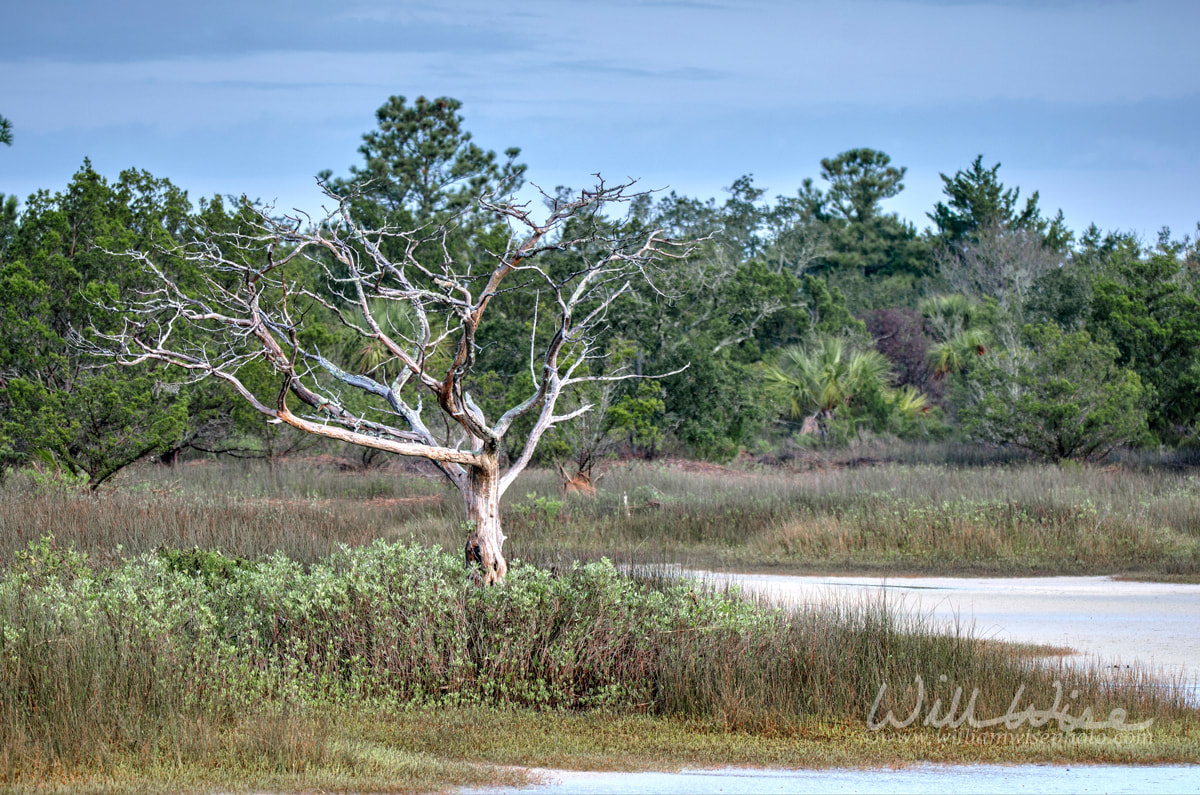 Pinckney Island National Wildlife Refuge, Hilton Head, South Carolina, USA. A 4,000 acre wildlife and nature preserve on the Intracoastal waterway. The salt marsh, tidal creeks, salt pannes, ponds, Saw Palmetto, and forests are habitat for waterfowl, shorebirds, wading birds, raptors, neo-tropical migrants, white-tailed deer and American alligators, with large concentrations of white ibis, herons, and egrets. The refuge is on the left as you cross the bridge over the Intracoastal Waterway onto Hilton Head Island. It is a well maintained refuge with a long gravel road perfect for walking, running and biking. The mixture of freshwater ponds, Live Oak and palmetto forests, and tidal creek salt marshes sport plenty of wildlife. We began our walk around 8:30 AM from the well-groomed and wooded parking lot nestled in Saw Palmetto. The gravel drive lined with trees shaded the rising sun off to our right. As we came to the first narrowing in the road, and the thinning of the trees, the low tide revealed the extensive salt flats stretching off to our left and right. Ibises and gulls were foraging across the mud and a tri-color heron hunted in the shadows of the marsh grass. The gravel road continued north along the island, passing several ponds, salt marshes, and through a small forest of tall pines reaching into the blue sky and Saw Palmettos at their feet. Along the walk, breaks in the trees revealed fishermen and Little Blue Herons fishing out on Mackay Creek. Several mowed paths left the main gravel road to our right and left as we sauntered. But not wanting to get wet feet from the long, dew-laden grass, we didn’t take any of the side paths. After a 3.5 mile walk, we reached the end of the gravel road at Clubhouse Pond. Before turning around, we paused at the pond and spotted a young alligator; probably about four to five feet long. Close by was a single White Ibis, busy in his foraging in the mud recently exposed by the retreating tide. On our way back, we took a side branch to Starr Pond. Although the sun was now higher and the view was bright and hazy, in the trees bordering the far end of the pond could be seen hundreds of immature Ibis and Anhingas; a large rookery, a nursery in the trees! Just before making it back to our parking lot, I found a sad sight: a snake smashed in the road way. Wait, not a snake but a legless lizard. All of my years of reptile hunting and I had never seen one in the wild. I wasn’t too pleased that it had to be deceased when I finally made that life list discovery. Pinckney Island is a true gem. While many of the visitors are busy renting bikes to travel the somewhat crowded bike paths of Hilton Head, this wide gravel road within the secluded refuge makes for a much more intimate walk… especially when you’re in town for a marriage retreat! Pinckney Island National Wildlife Refuge  William Wise Photo Nature Notes is a wildlife, birding and nature photography blog documenting the beauty, design and wonder of God’s creation. -- "What a wildly wonderful world, God! You made it all, with Wisdom at Your side, made earth overflow with your wonderful creations." Psalms 104 The Message “He makes the weather – clouds and thunder, lightning and rain, wind pouring out of the earth.” Sunday, 11:45 AM – clear sky, cool, 60°, windy. Hurricane Irma is to hit Florida today. School has already been cancelled tomorrow. A very rare occurrence to have hurricane effects so far inland. During the morning church service, the trees out front were beginning to sway back and forth. Sticks and twigs rain down in the small patch of woods beside the church.
Monday, 8:30 AM – work has been cancelled too. Why? The forecast: “Tropical storm conditions possible. Showers and possibly thunderstorms. Some storms can produce heavy rainfall. The greatest impacts from Irma will be felt with winds increasing to 40 to 50 MPH by early this afternoon. Because of the wet spring and early summer, the forecasted wind speeds will easily bring down trees and lead to widespread power outages.” So far a thick, grayish white blanket of clouds sits high in the sky, while swifter moving dark clouds pass rapidly through lower levels. Gusts pass through the trees creating loud rushing noises like that of a waterfall. Monday, 2:20 PM – there is a constant rushing wind with frequent stronger blasts. The rain falls at a 45° angle toward the southwest, but shifts directions and to more severe angles with the gusts. Many of the trees are losing leaves. Monday, 3:45 PM – power is out. The wind is non-stop. Surprisingly, a number of our regular backyard birds are still at the feeder. Monday, 5:50 PM – the power is back on. I hope we don’t lose the Crape Myrtle to the left of the patio and it bends and sways; the root ball looking as if it will erupt from the ground at any time. Monday, 10:00 PM – the winds are decreasing. Made it through the worst with no damage. But there are reports of power outages throughout the state (some which end up lasting several days).  William Wise Photo Nature Notes is a wildlife, birding and nature photography blog documenting the beauty, design and wonder of God’s creation. -- "What a wildly wonderful world, God! You made it all, with Wisdom at Your side, made earth overflow with your wonderful creations." Psalms 104 The Message Friday, 4:13 PM - My coworker found a tiny Red Eft crossing the shelter sidewalk earlier on this cool, 60° morning. Not wanting to repeat my mistake from yesterday, I placed him in a cup of water until I had time to get his photographs. (Yesterday I found one and placed it in a cup. Within less than an hour it had dried up and died. Sad.) I took him out to a mossy log and shot him with the 40mm macro-lens. So, what is a Red Eft? Is it an eft, a salamander, or a newt? The answer? Yes! There really is no difference. It’s all in the name. A newt is a specific type of salamander; and an eft is the juvenile stage of an Eastern Newt (Notophthalmus viridescens). In their terrestrial eft stage, which lasts about 2 years, the little newts travel from one pond to another. Quite a feat for such a tiny little thing, being less than an inch long. Once they complete the second metamorphosis to become aquatic adults, their skin changes from orange or red to yellowish-green but retains the red spots found in rows along the sides. |
Categories
All
Archives
September 2025
|
|
All content is ©williamwisephoto.com. Please don't steal images. My images are available at dreamstime.com. Stock sales go into the shelter photography program.
|
In December 1993 I came to know the Designer and Creator of this wonderful planet and its creatures: Jesus Christ.
|
Donations help support the animal shelter adoption photography equipment and adoption website hosting and domain fees. Thanks for your support!
|
